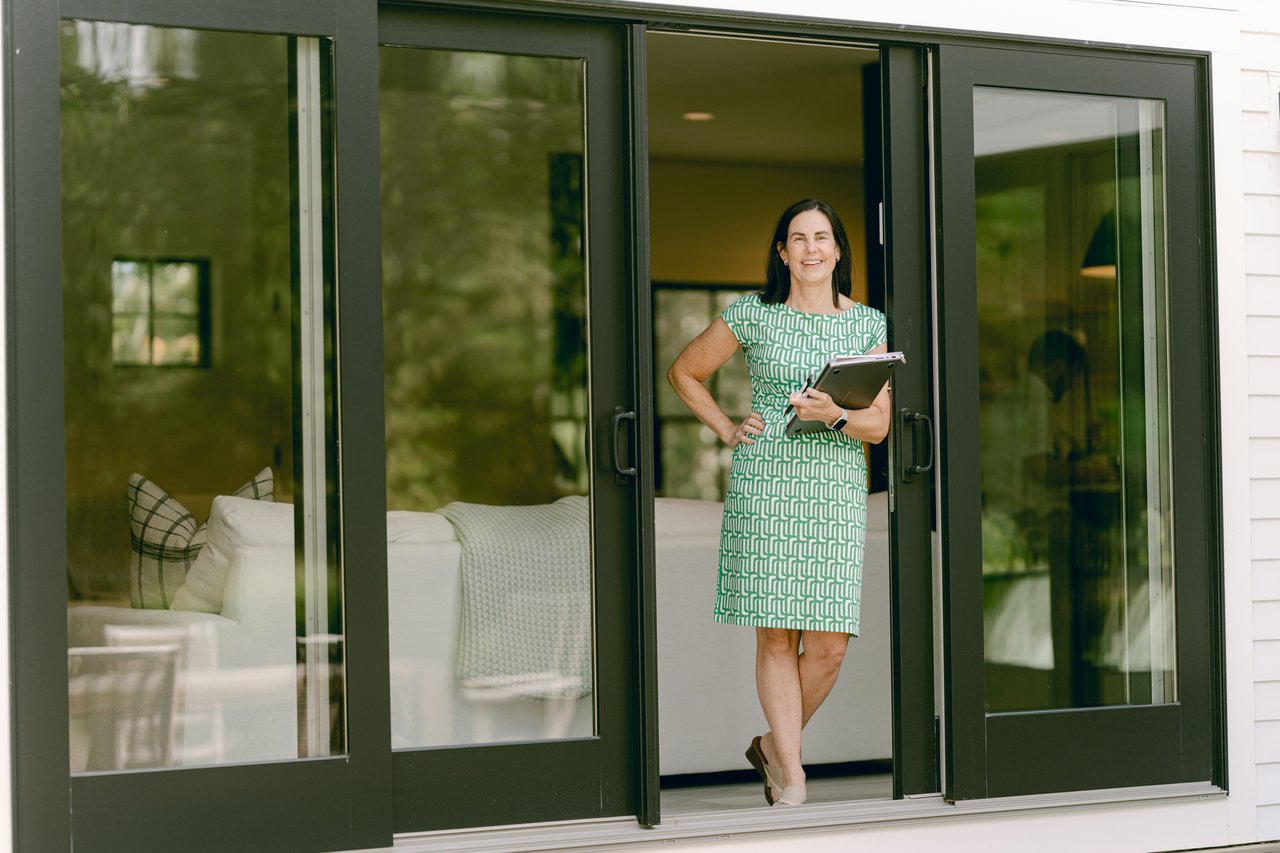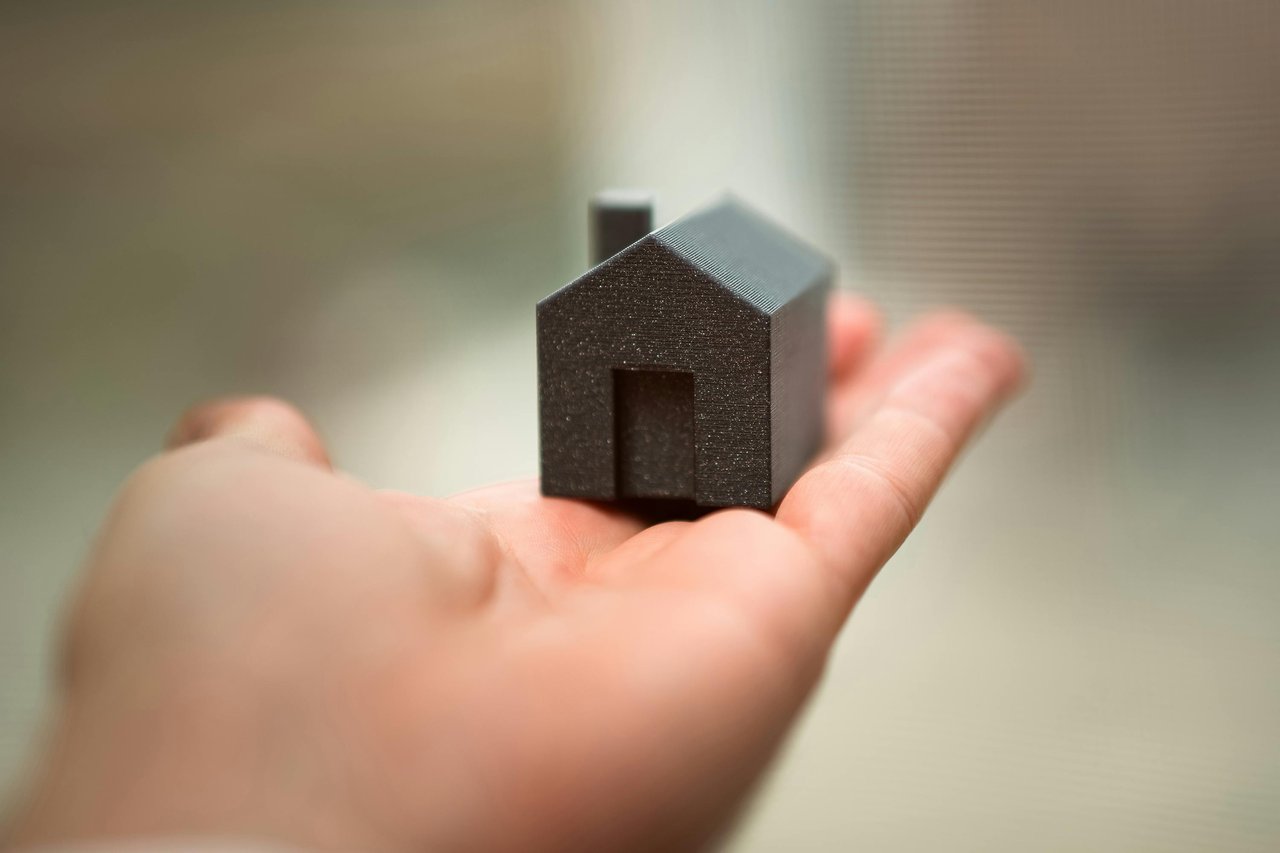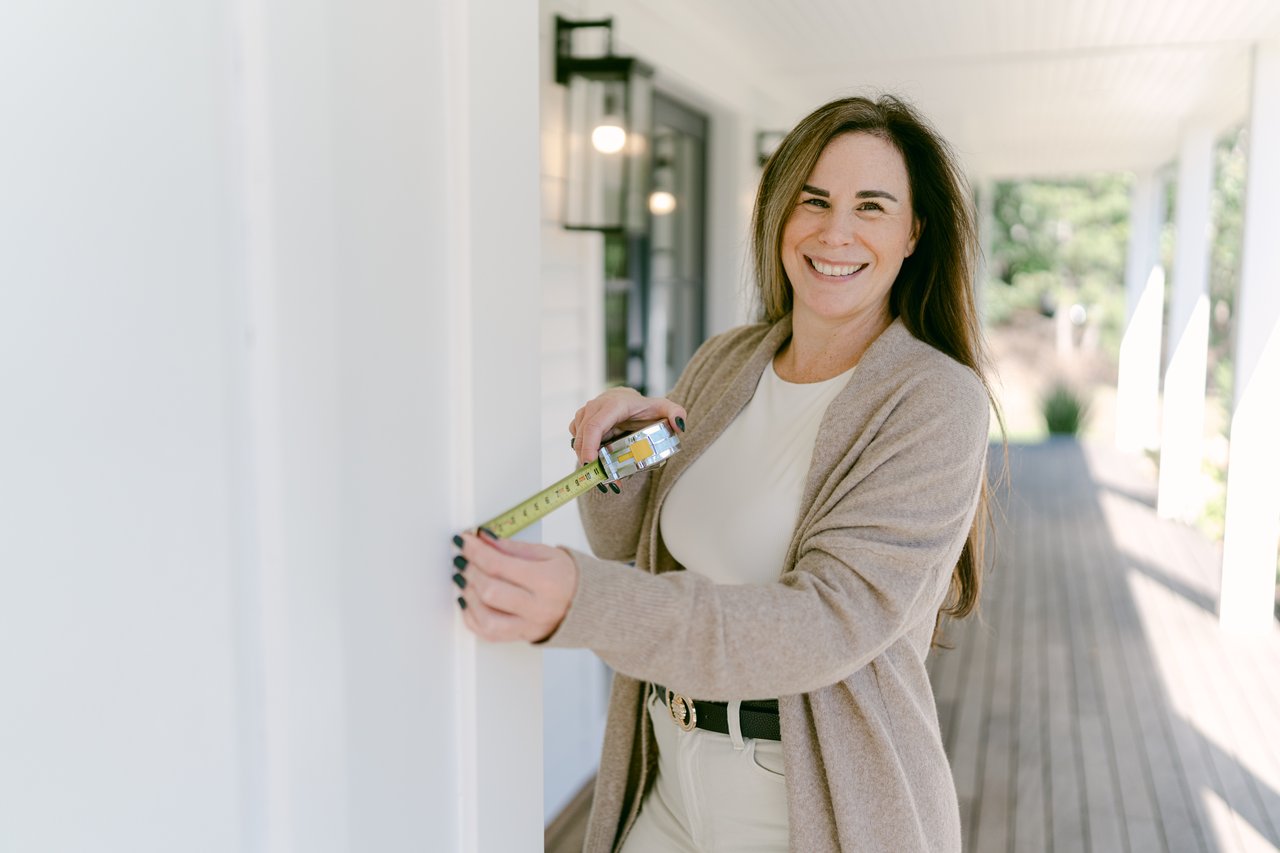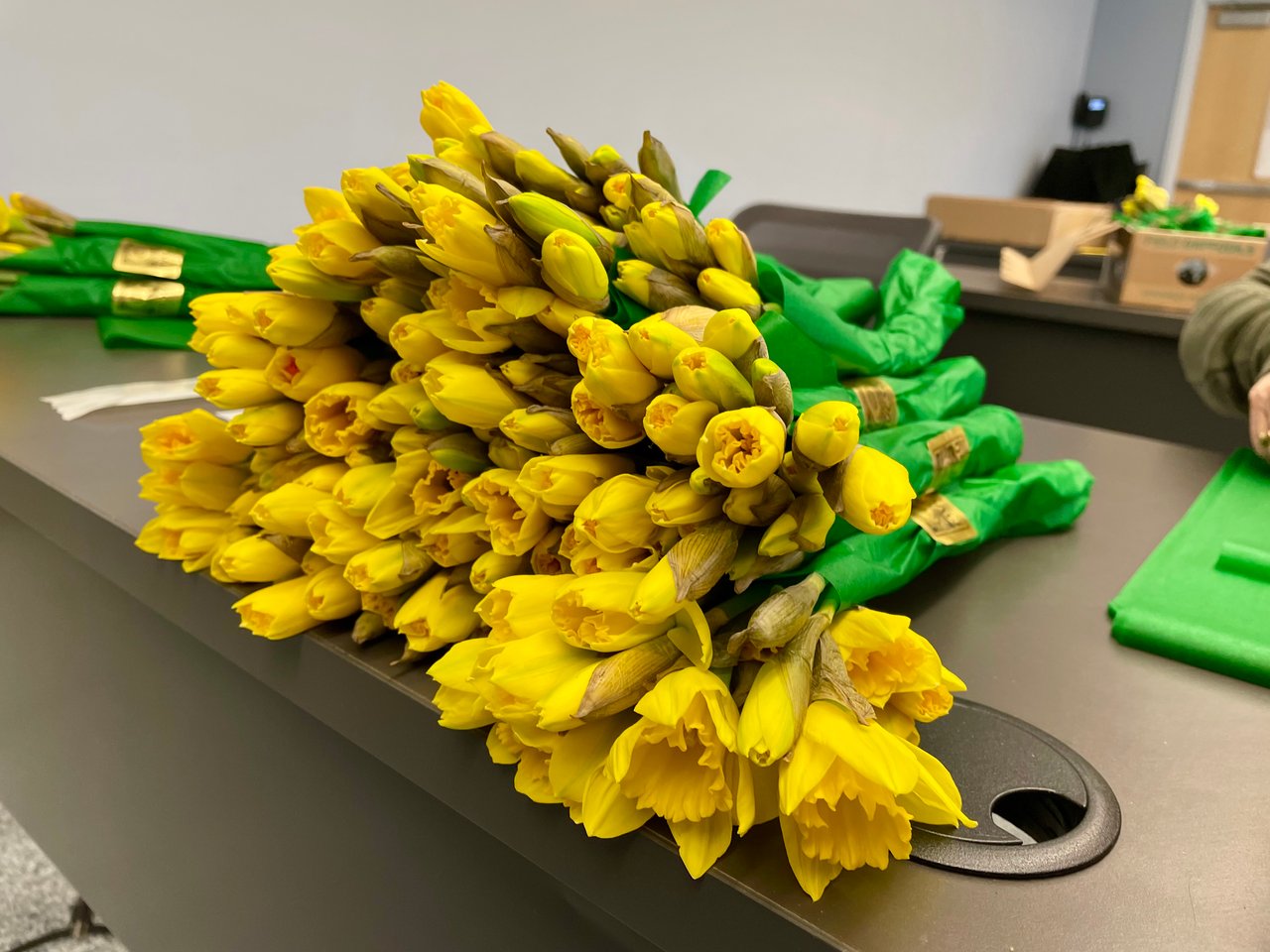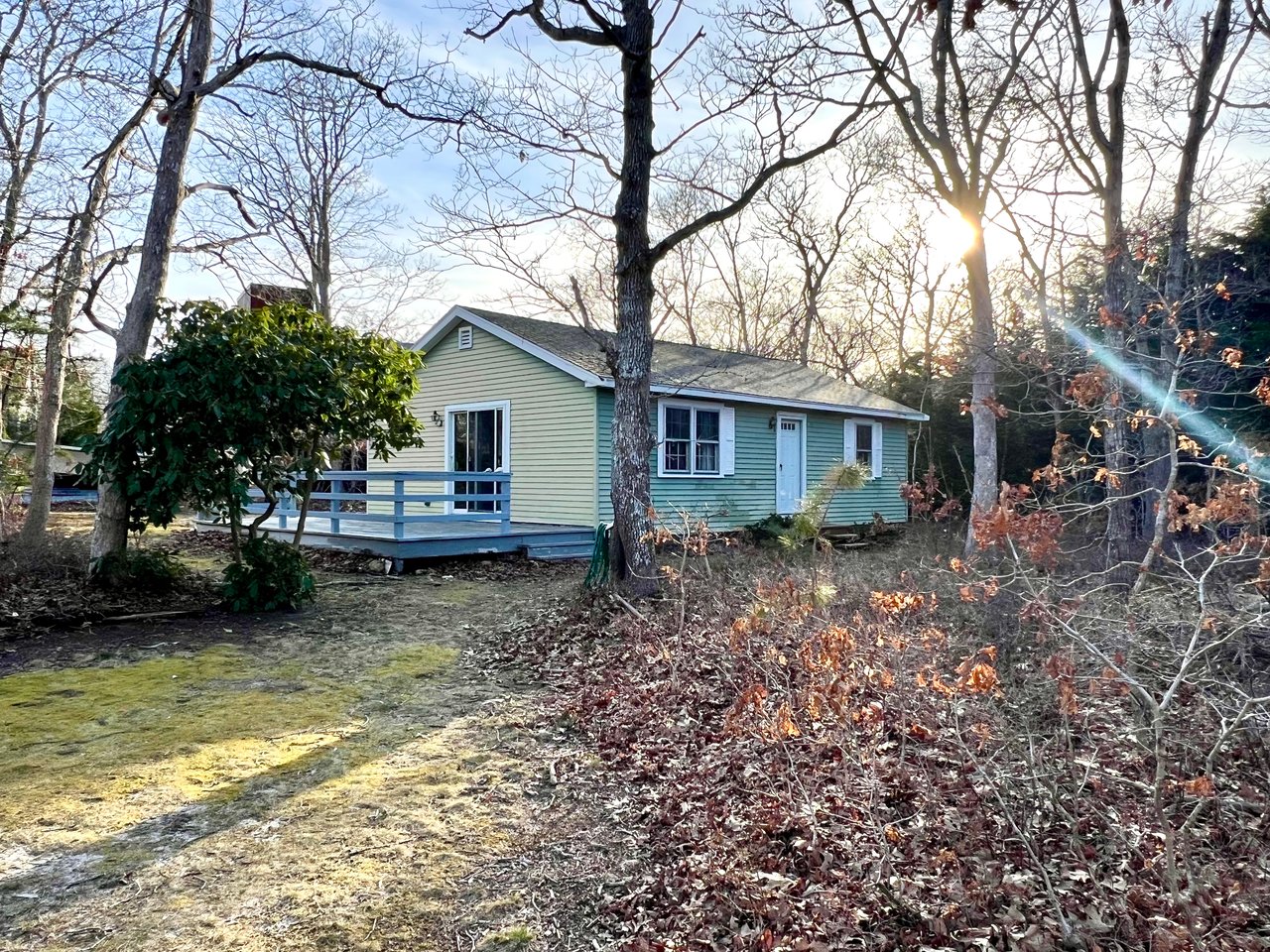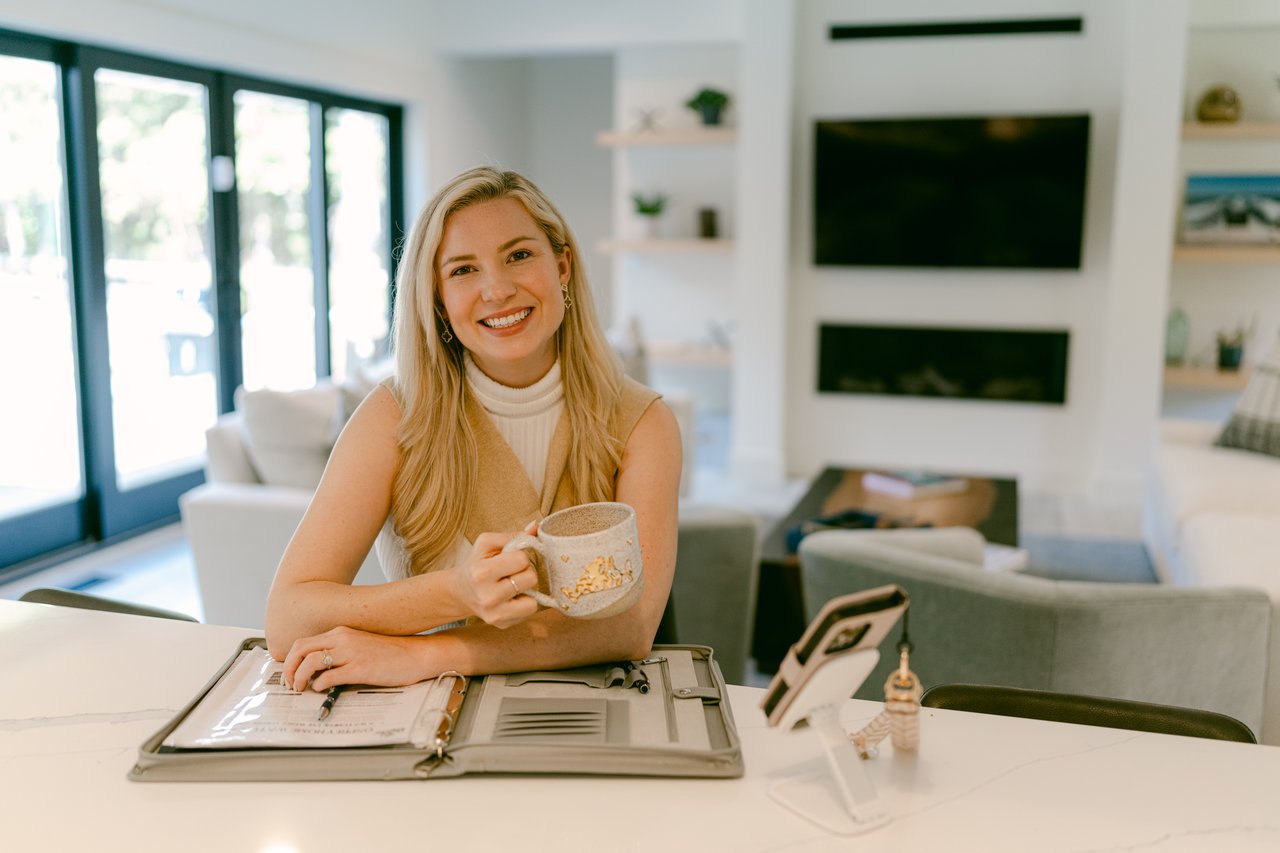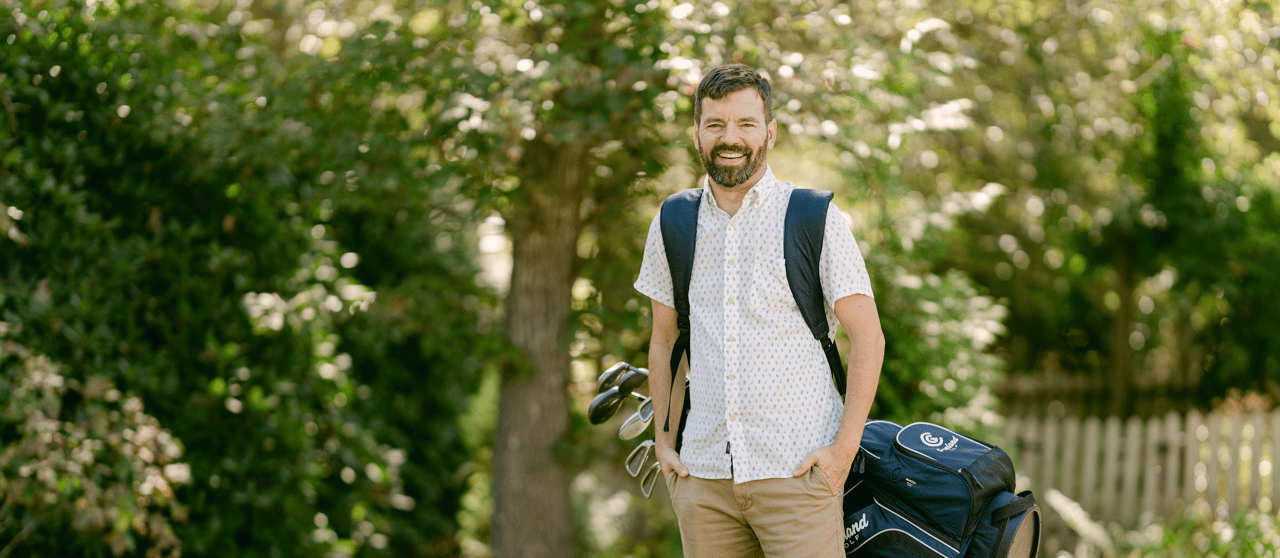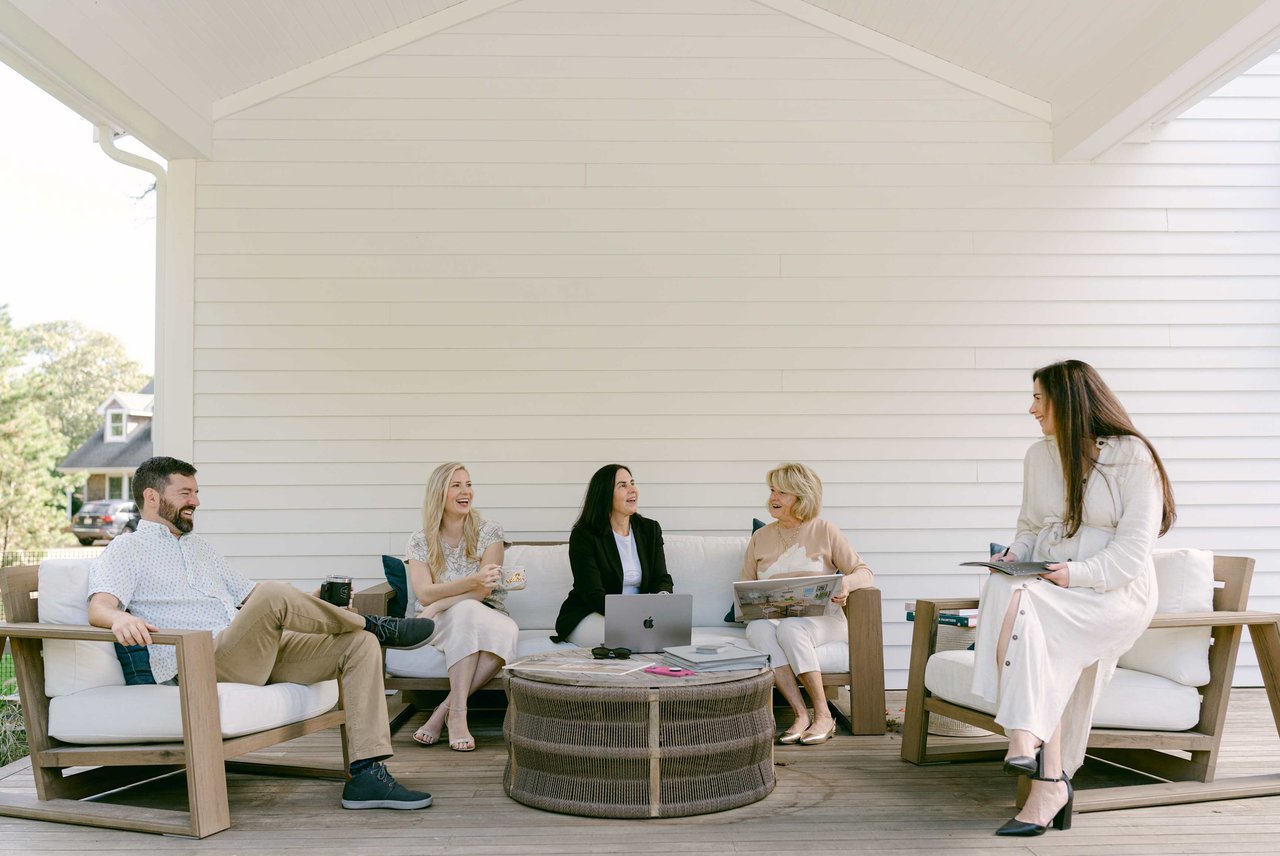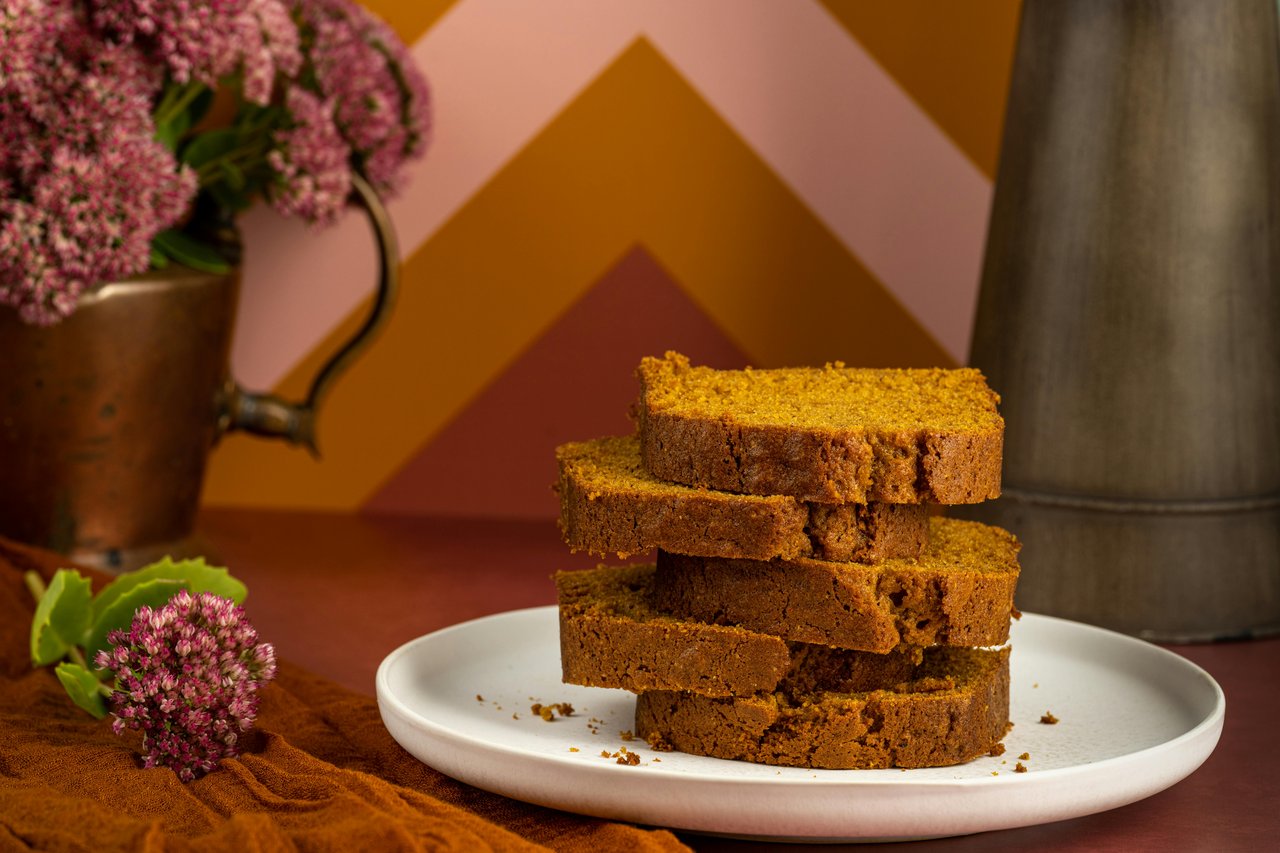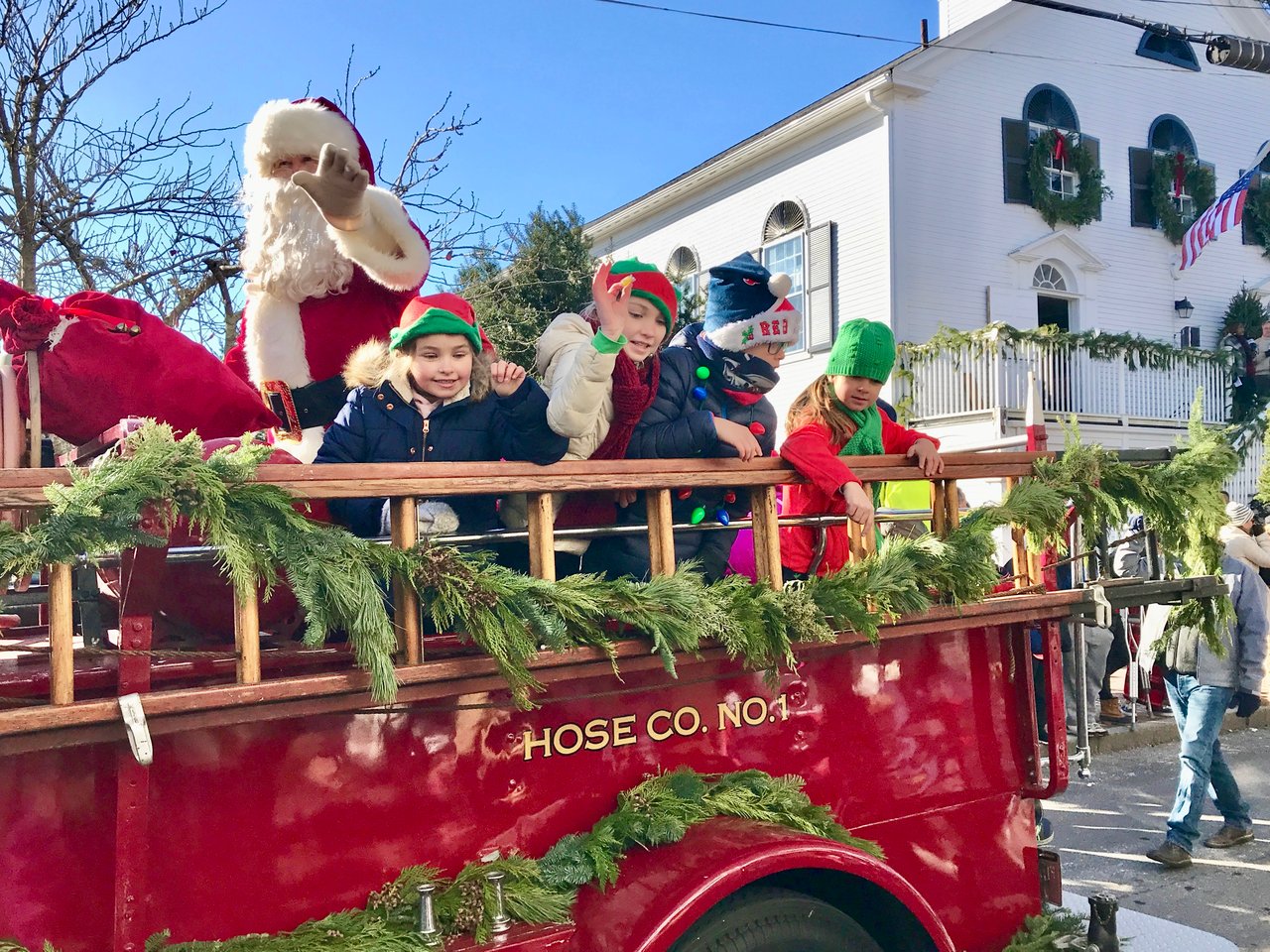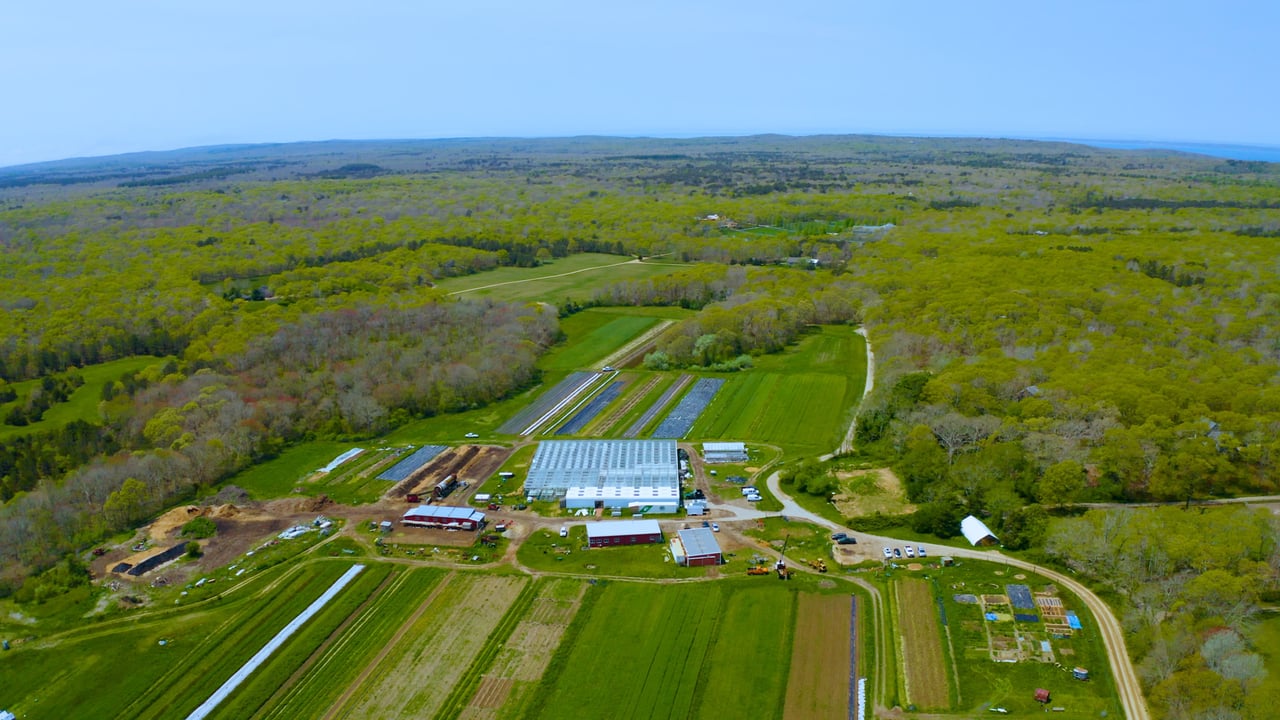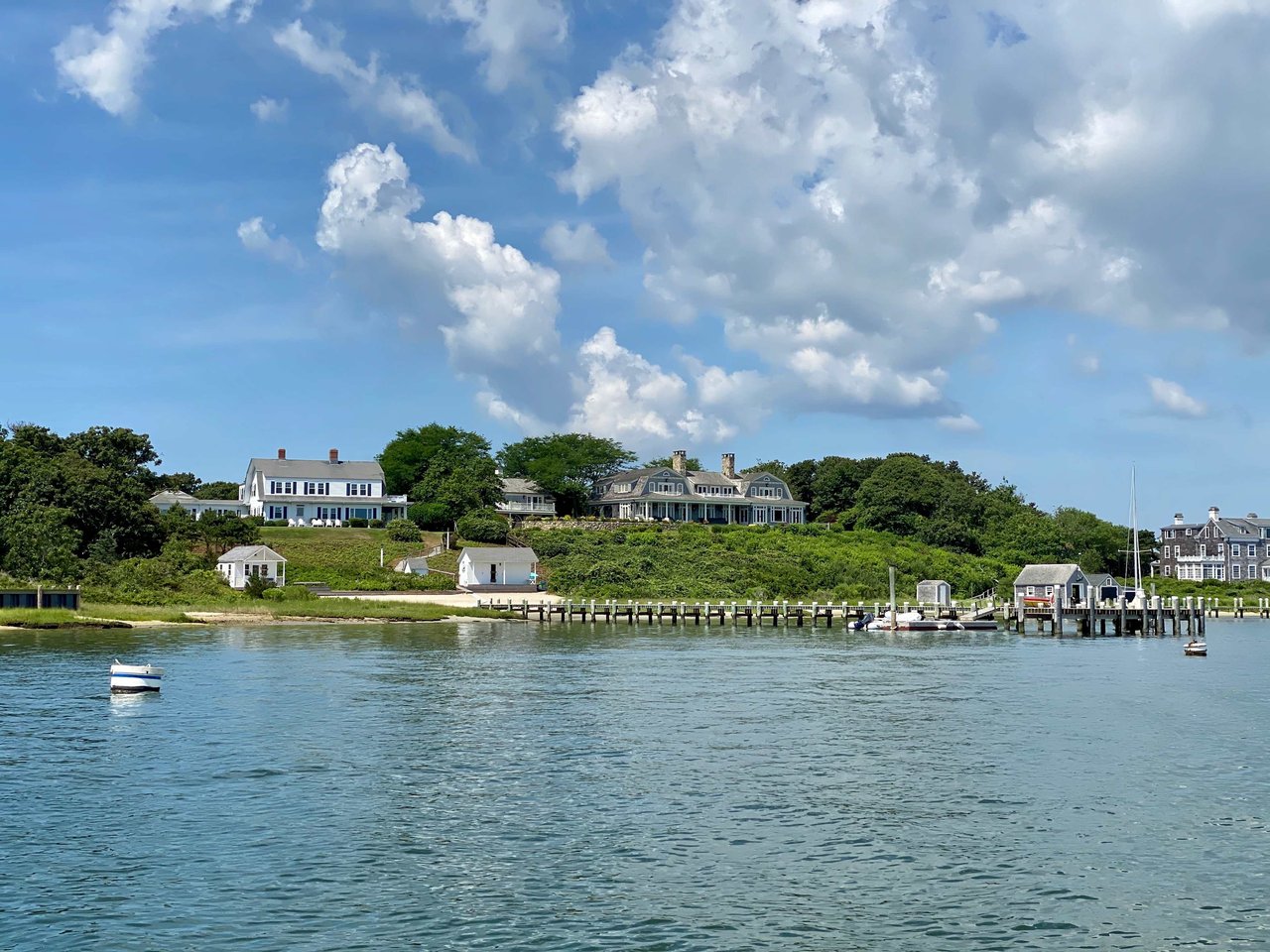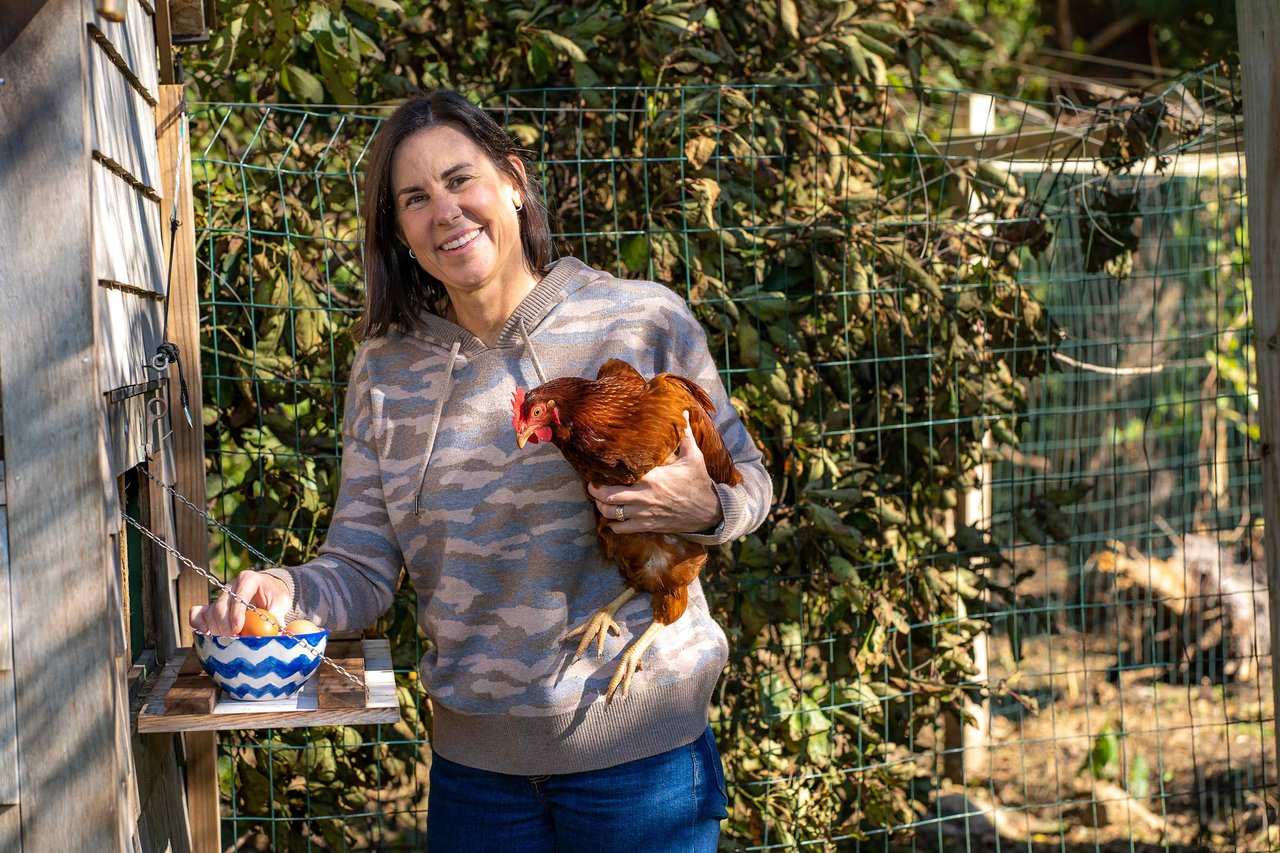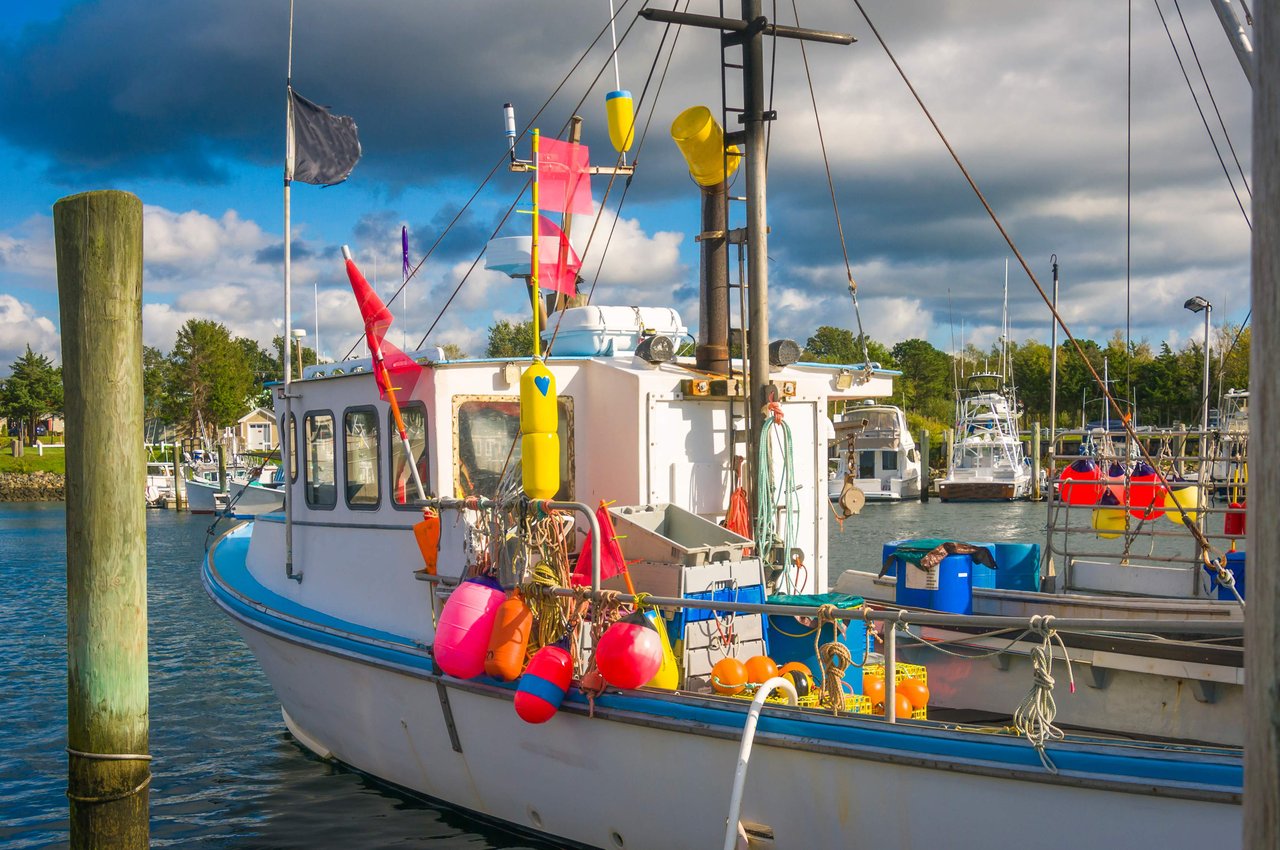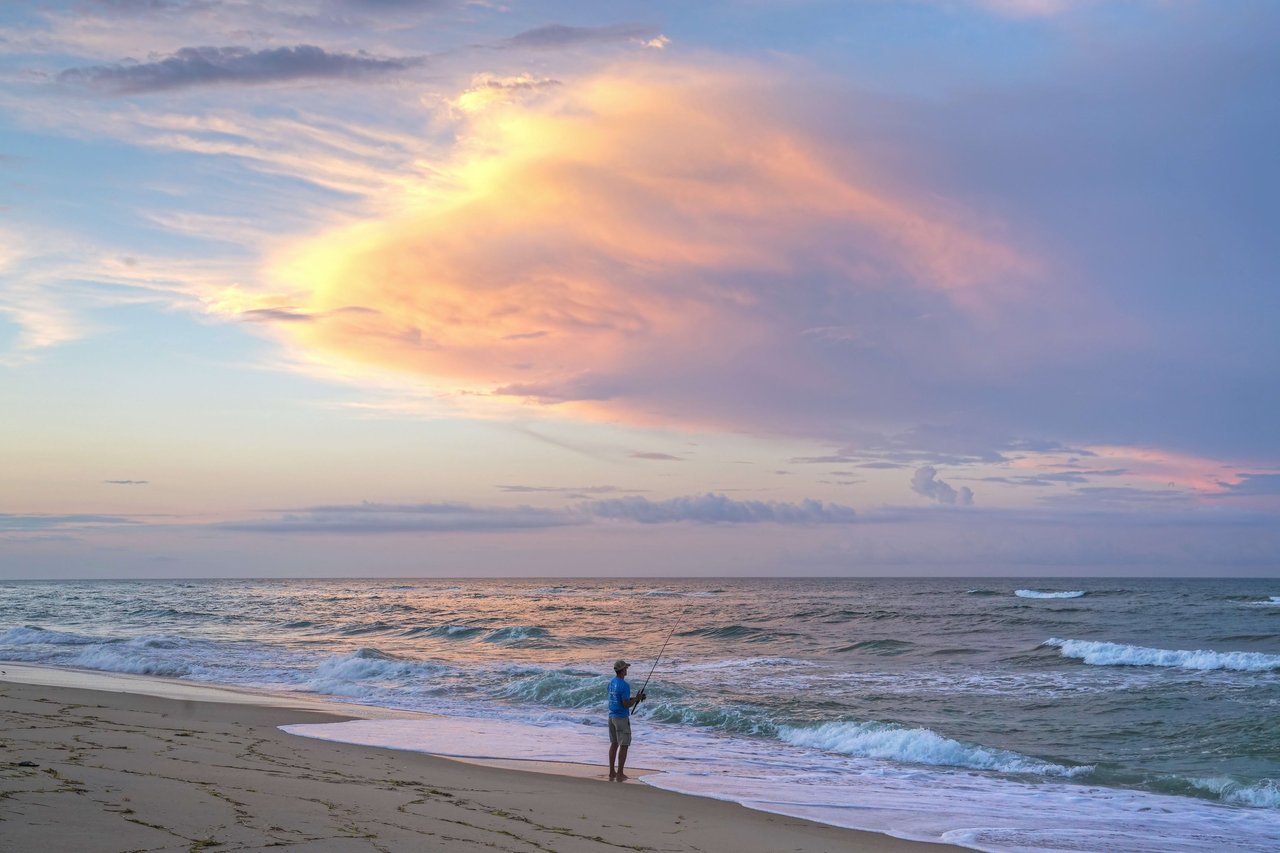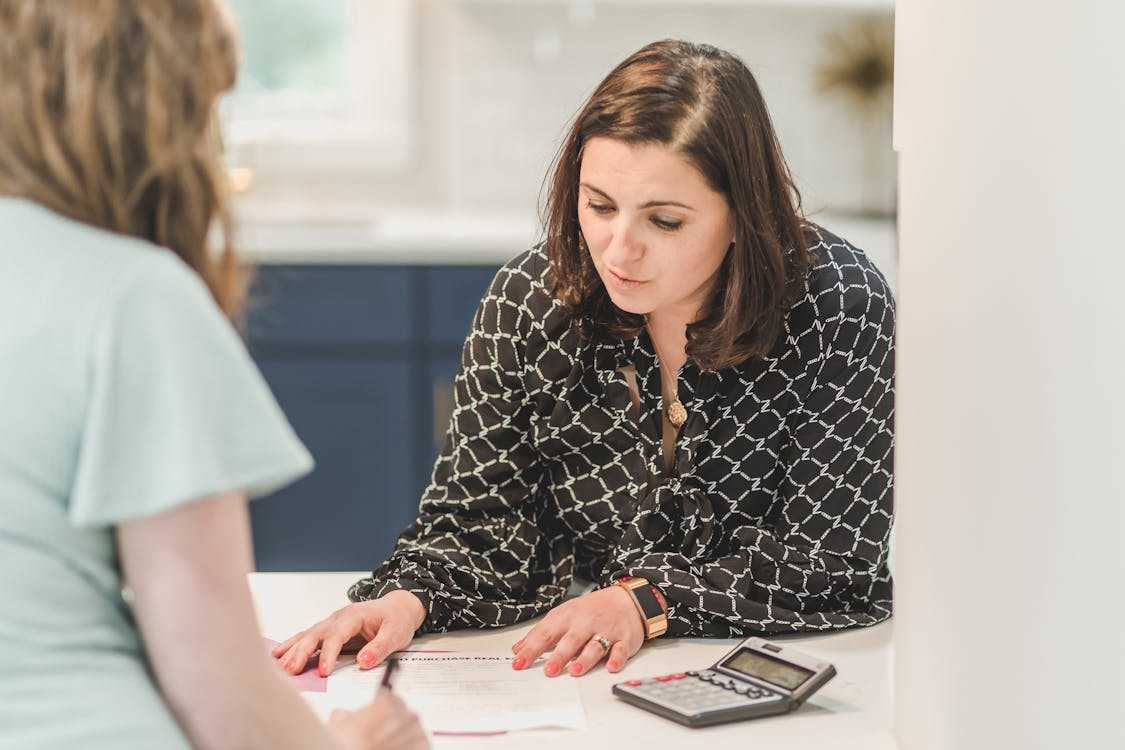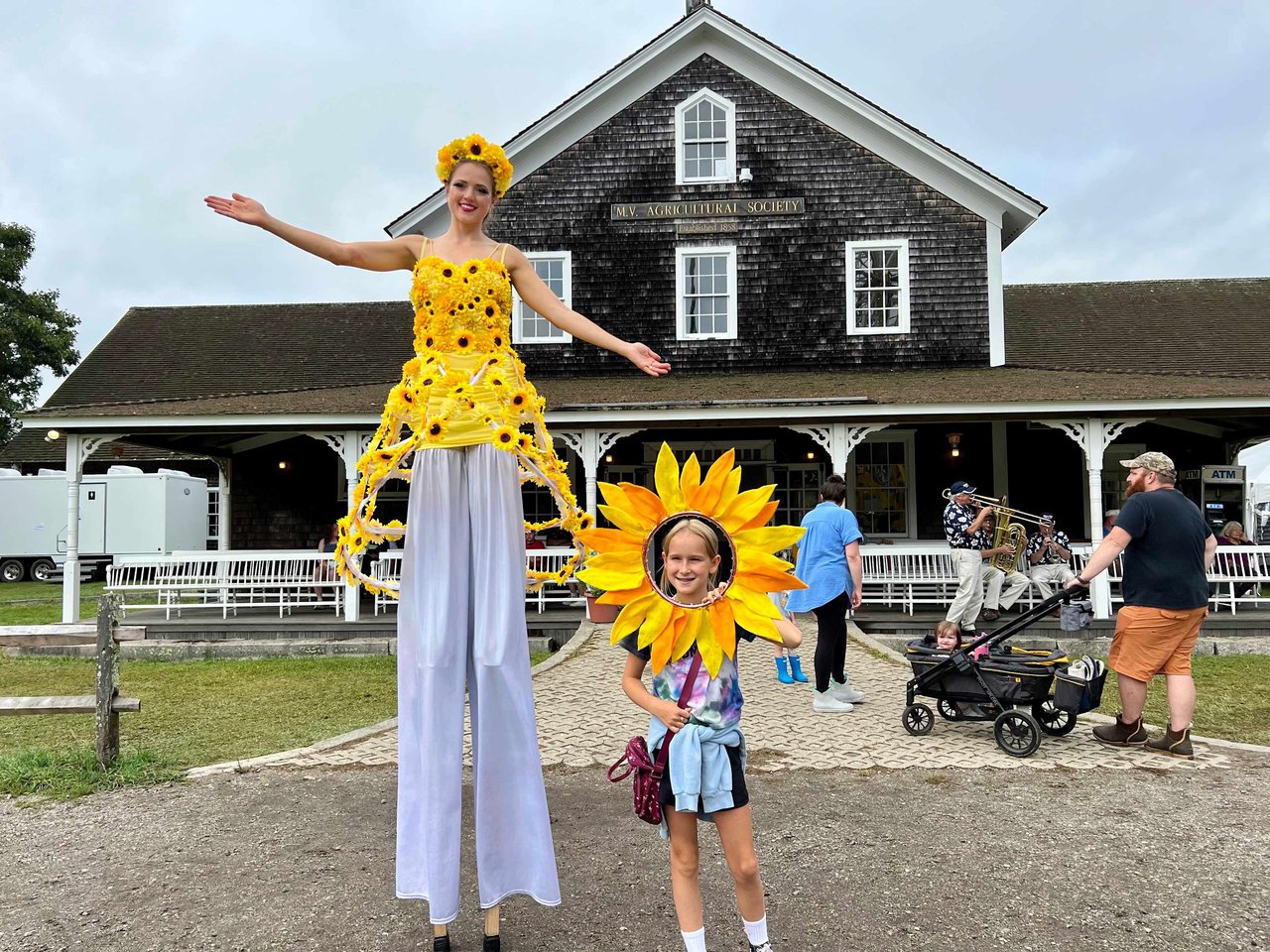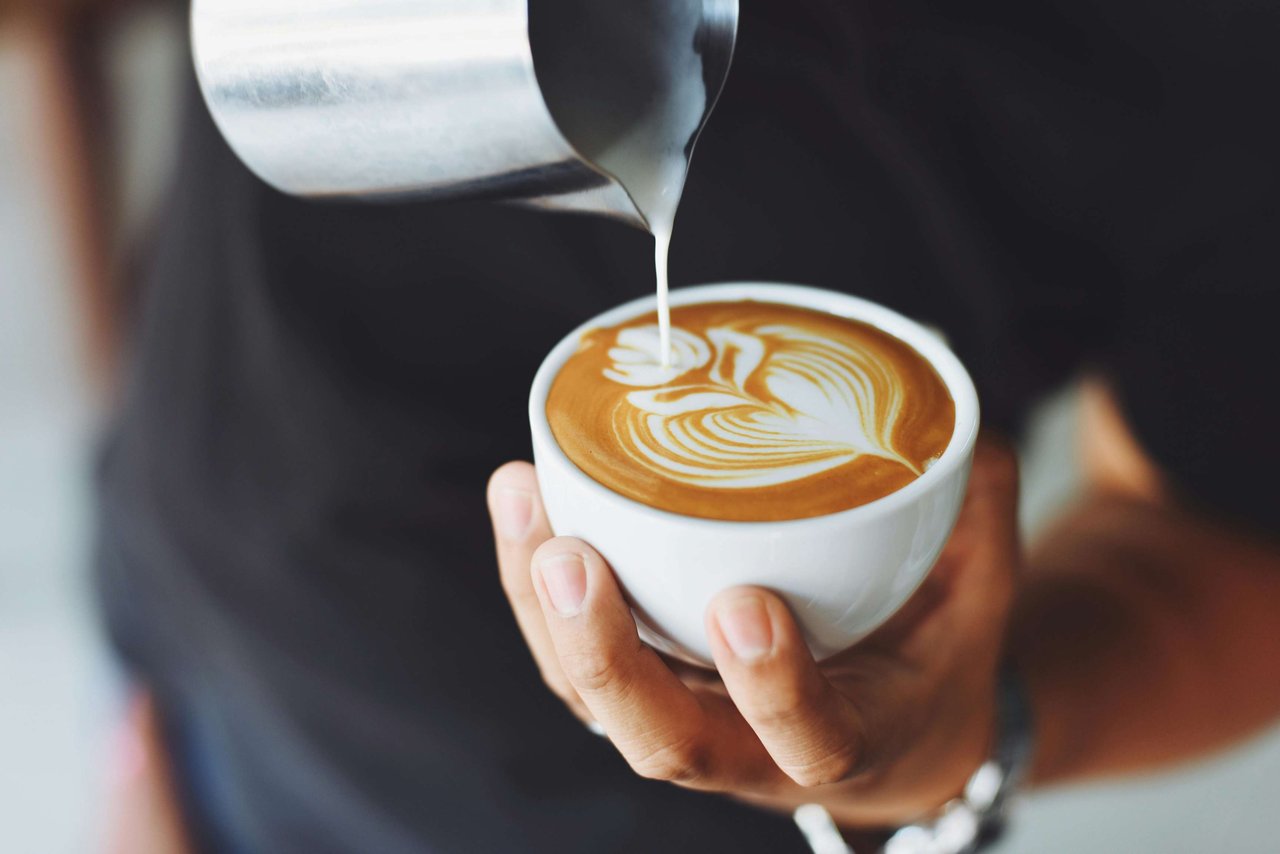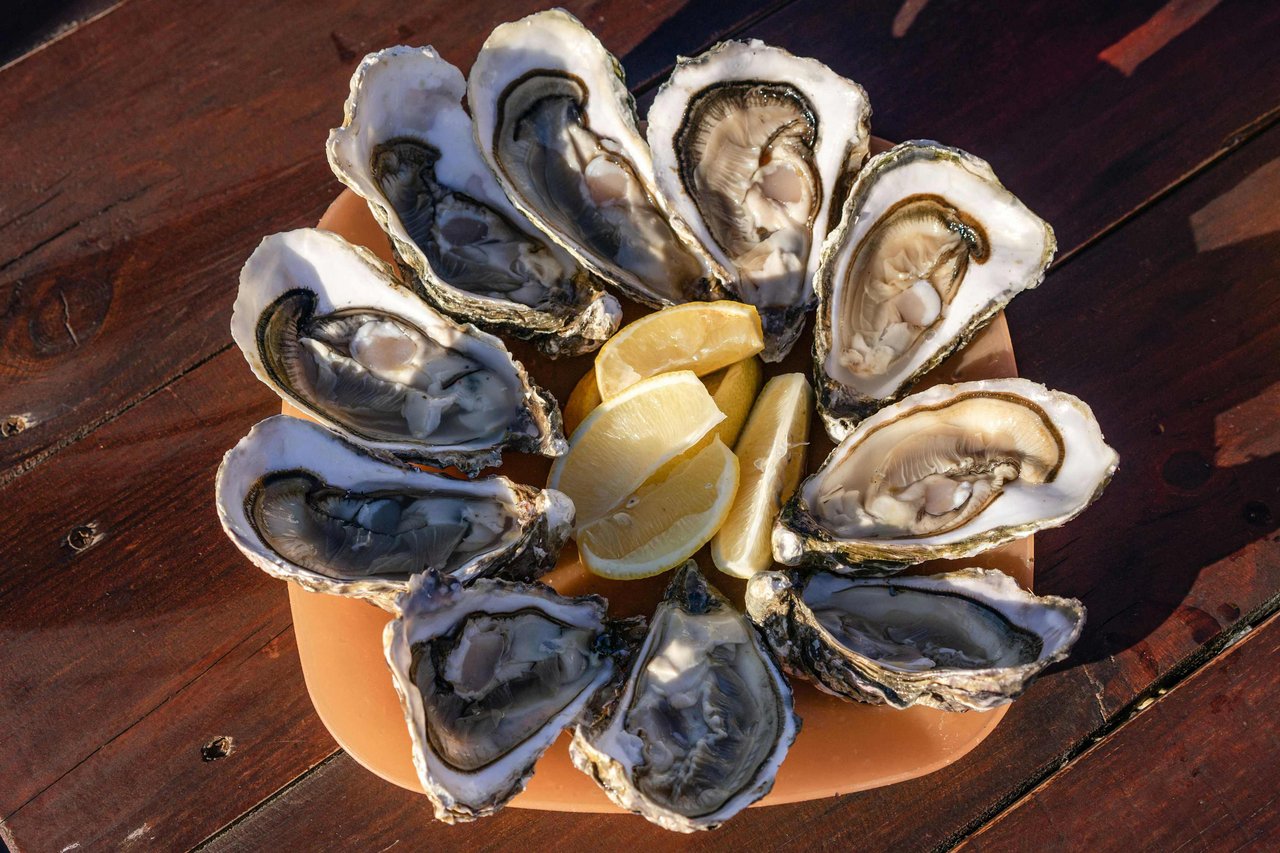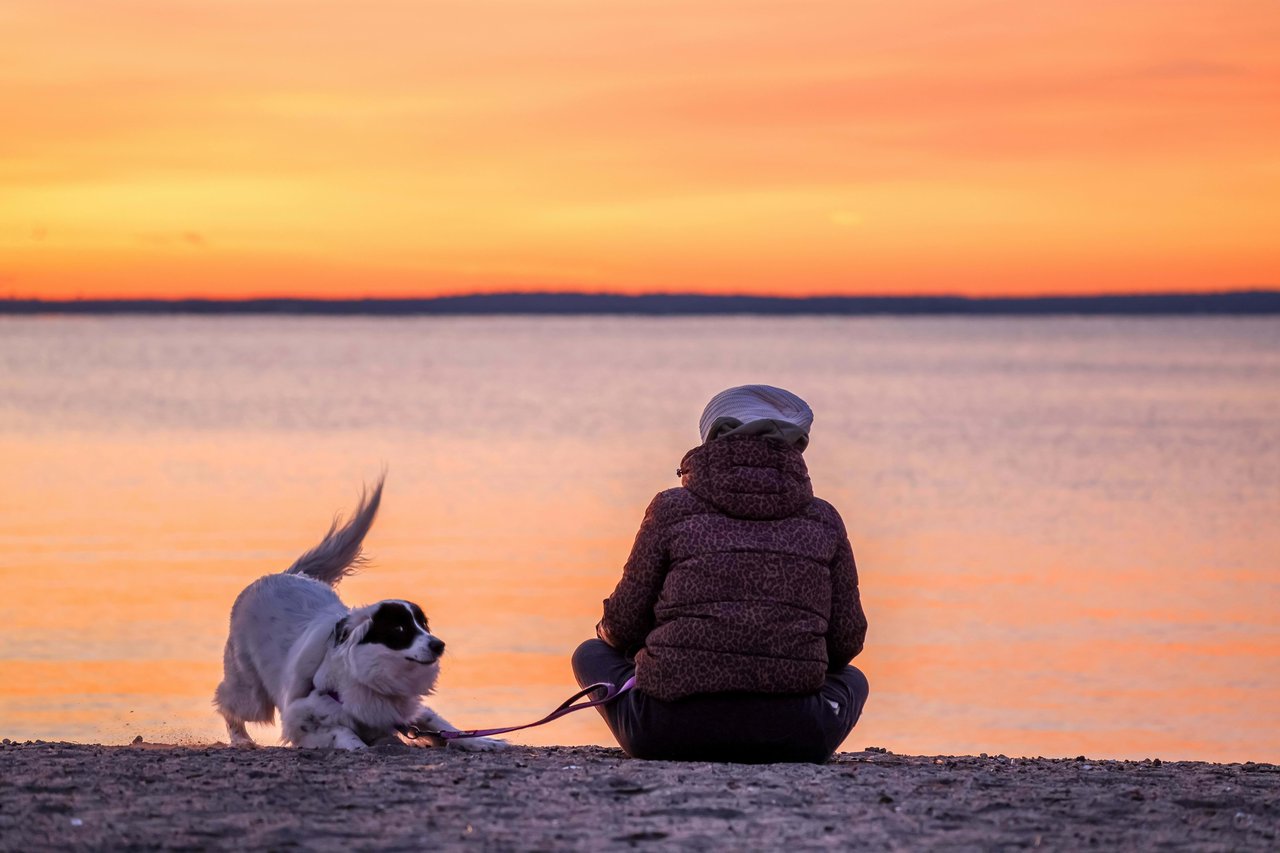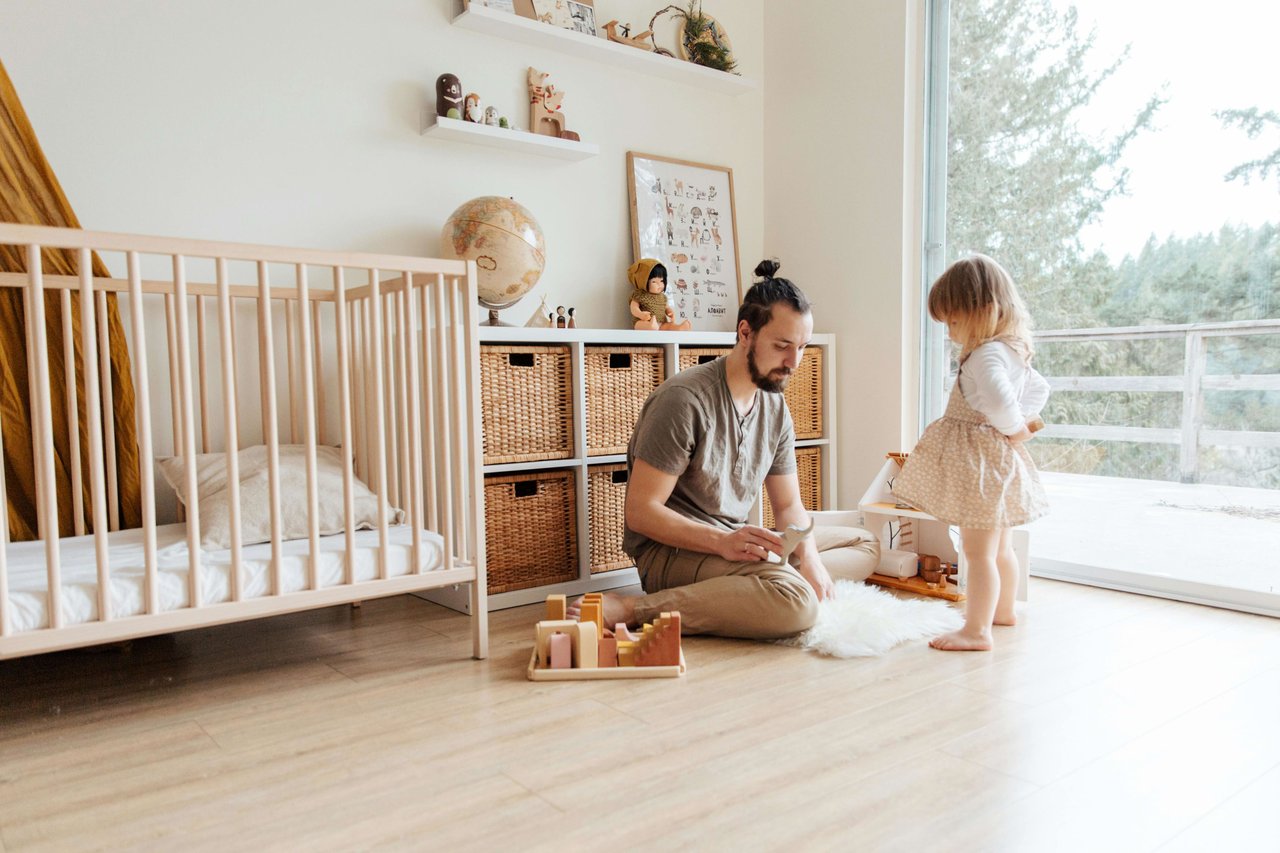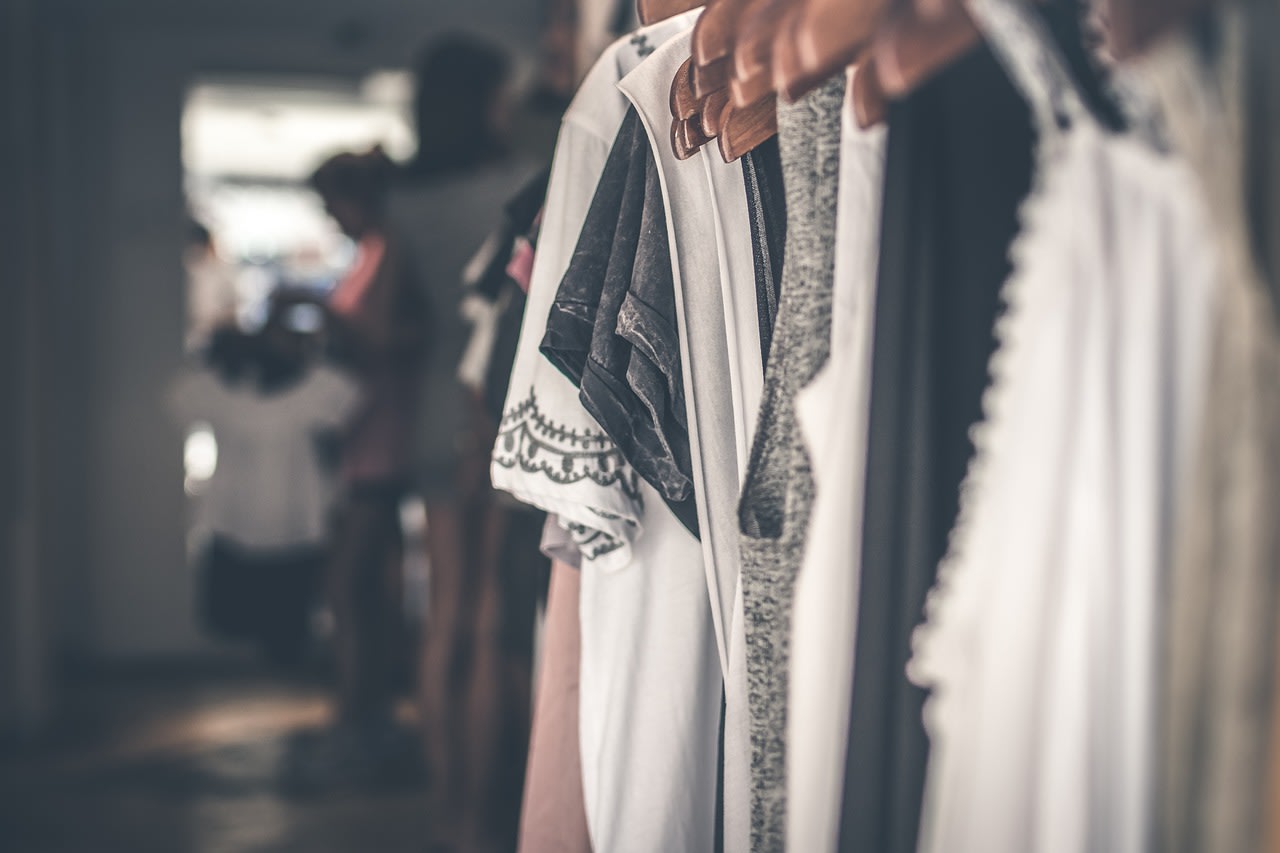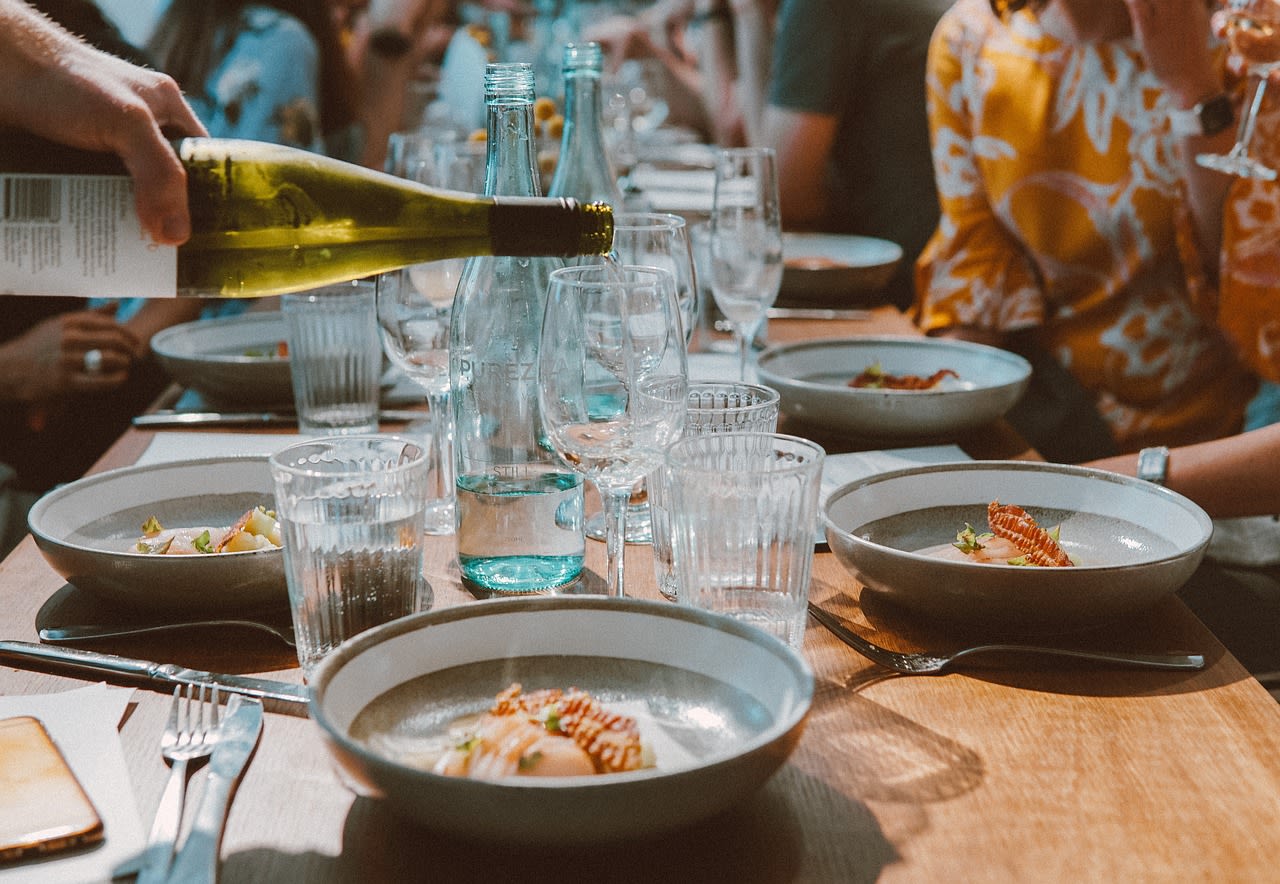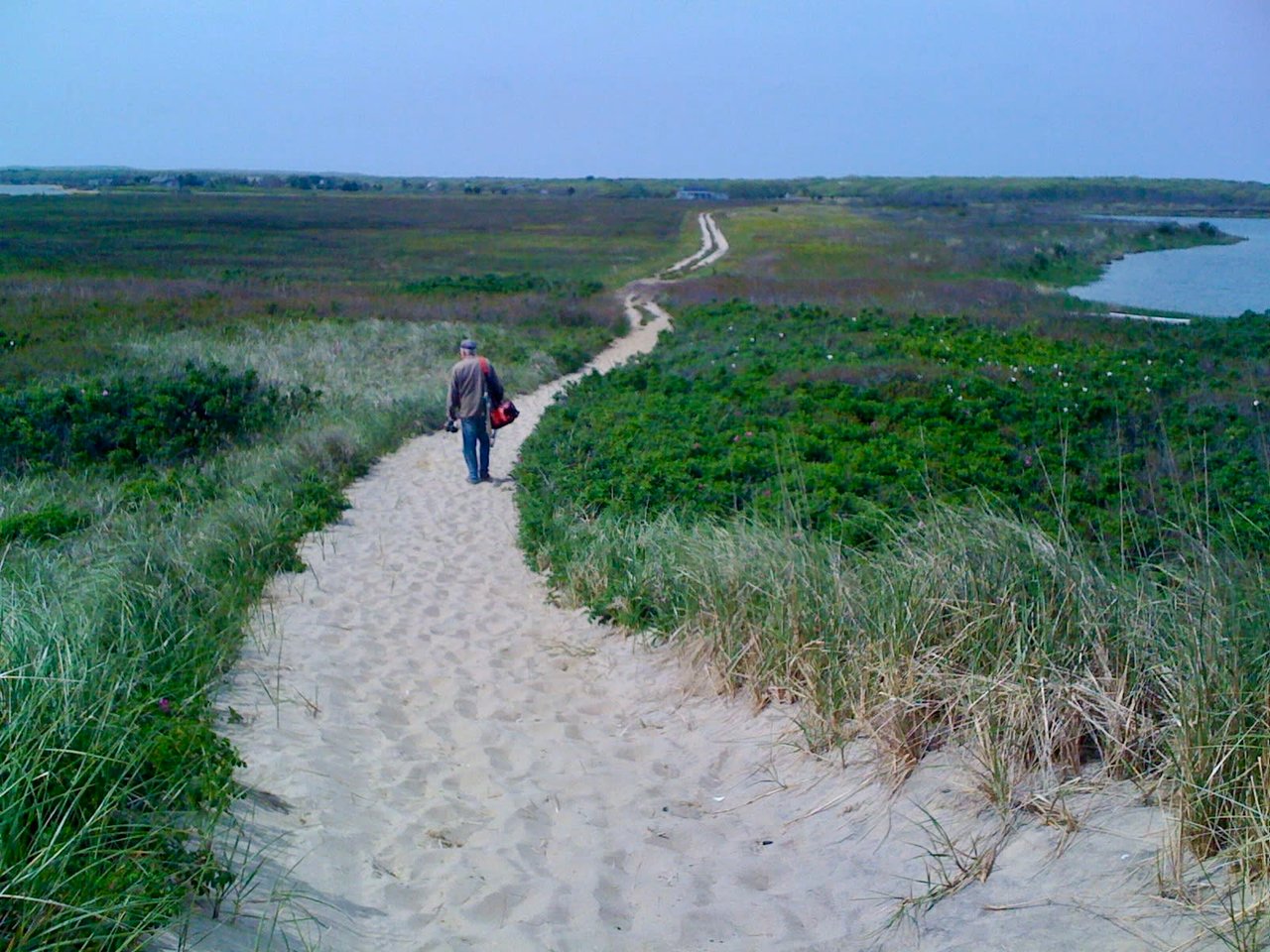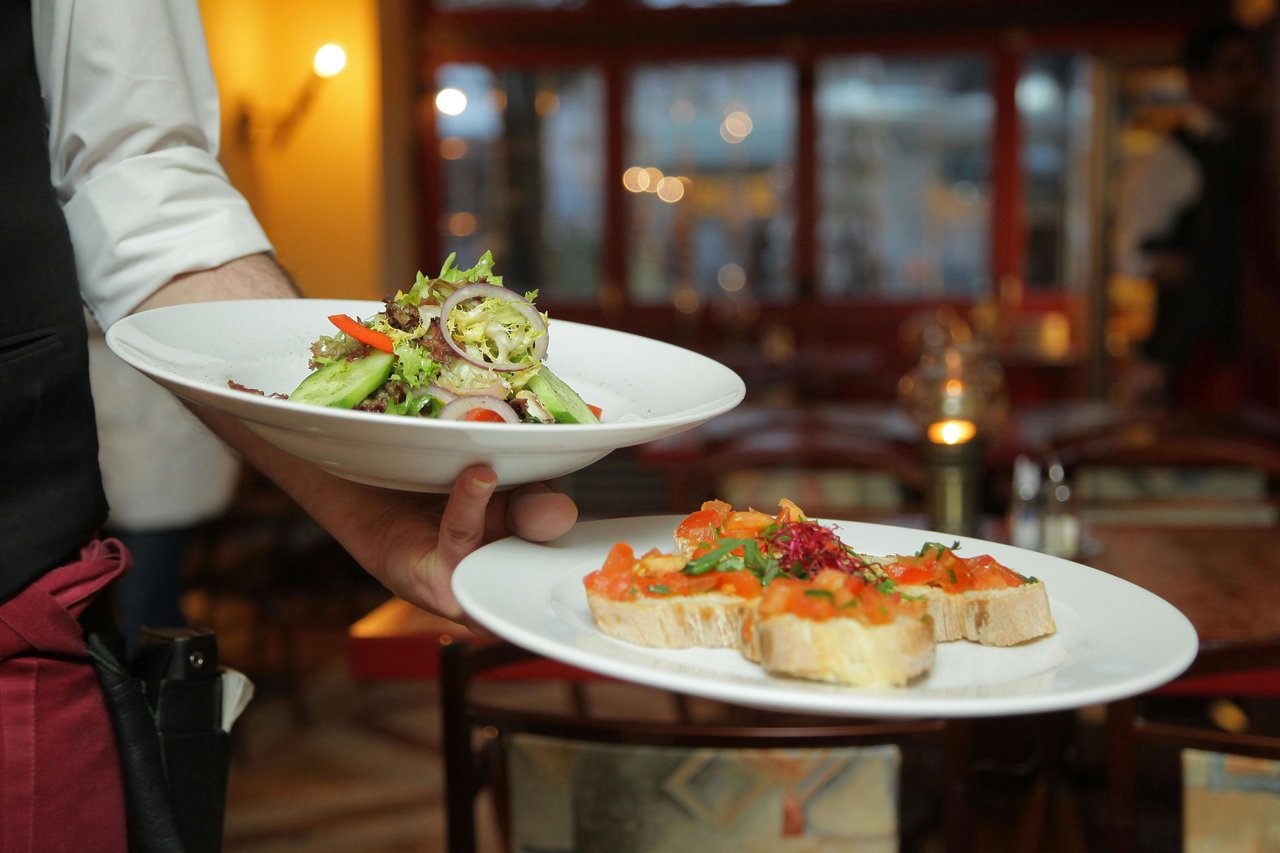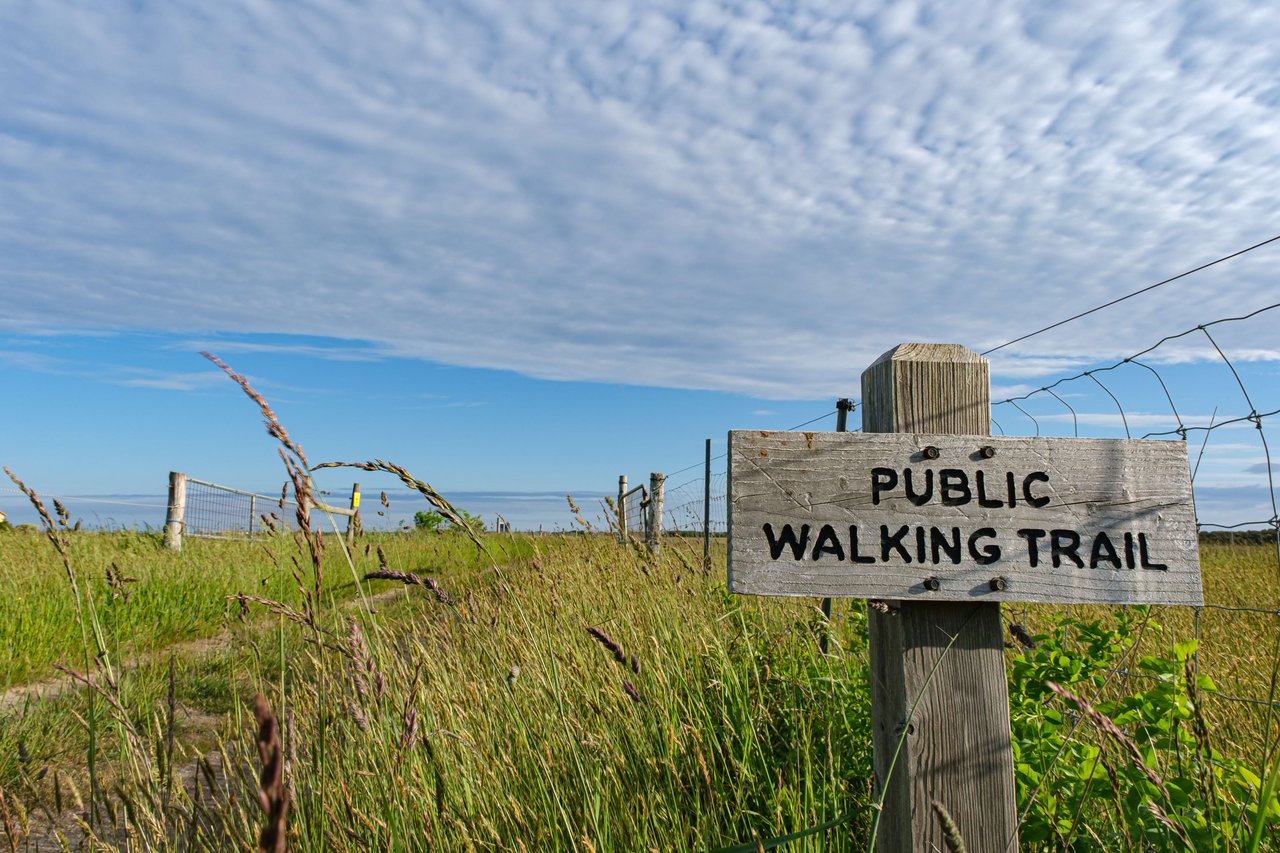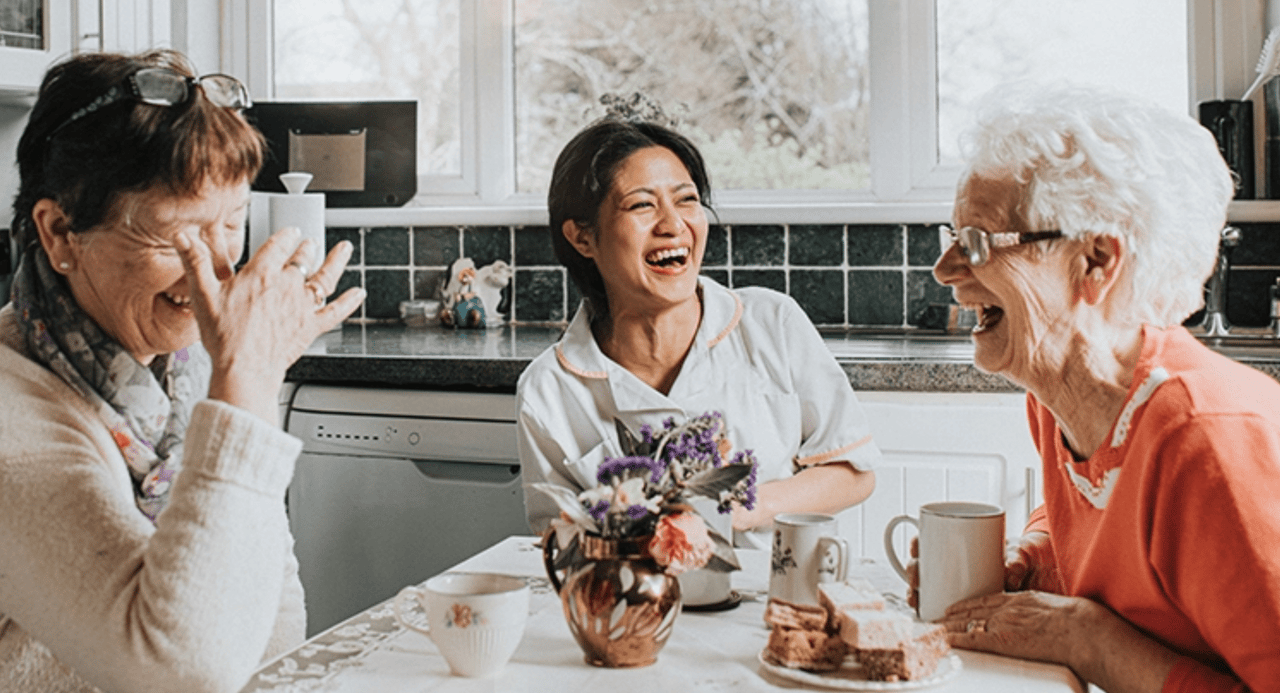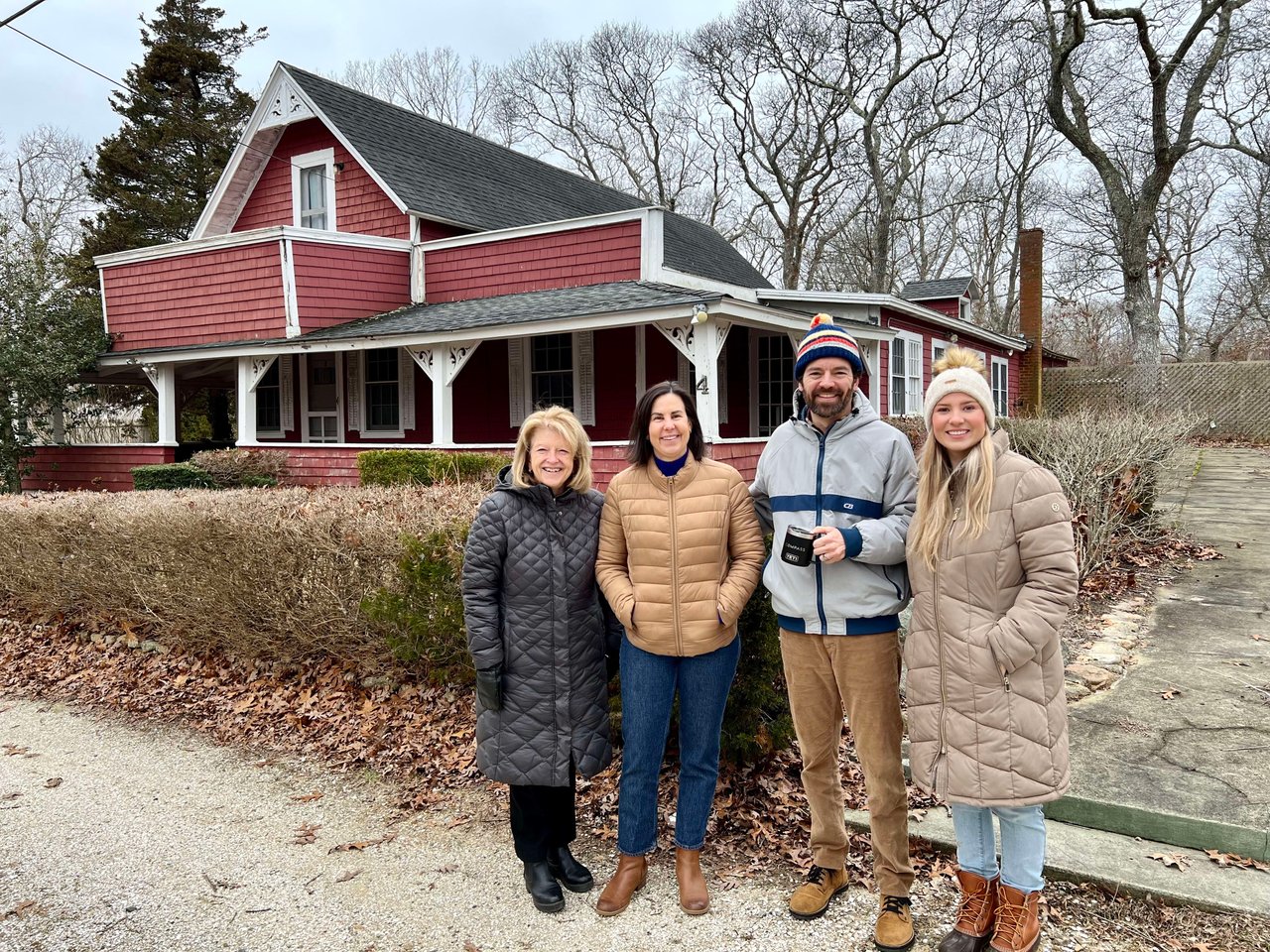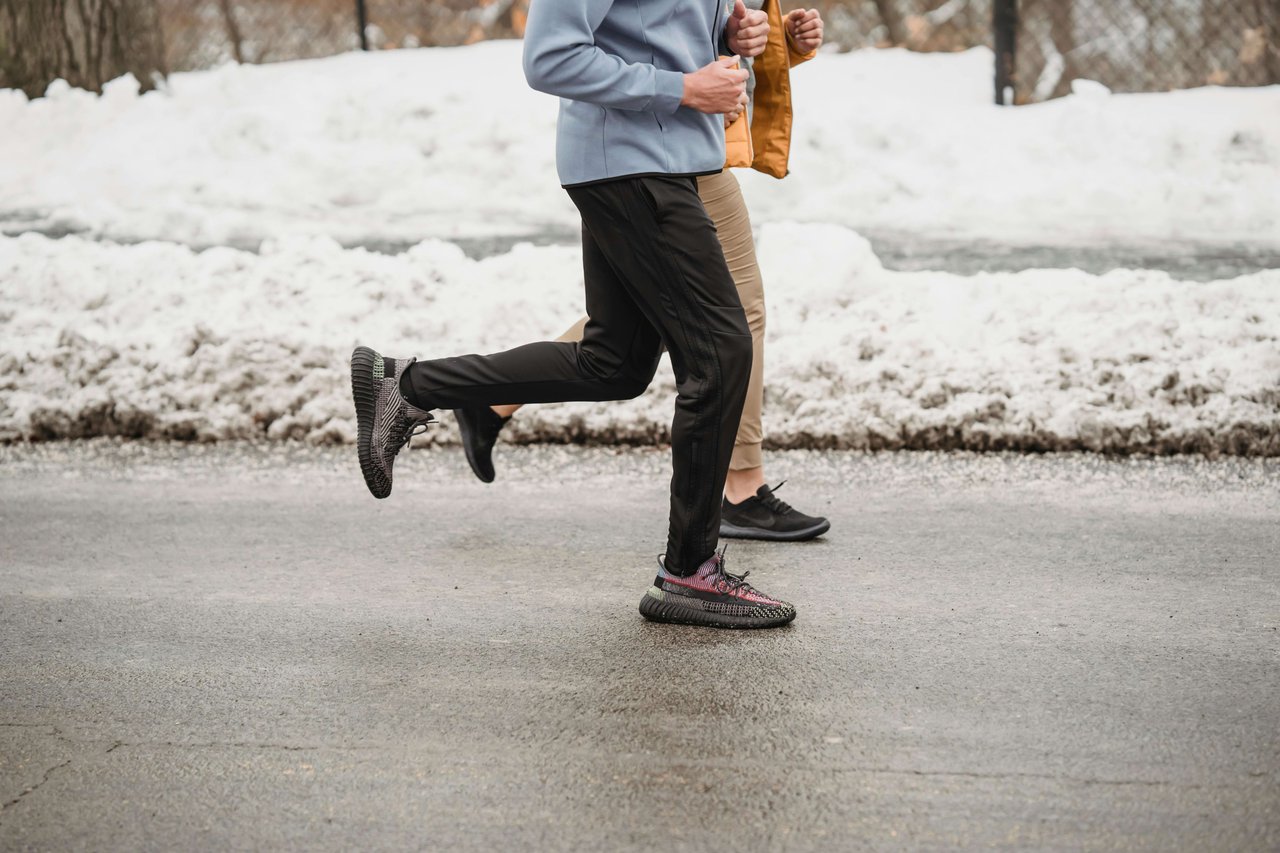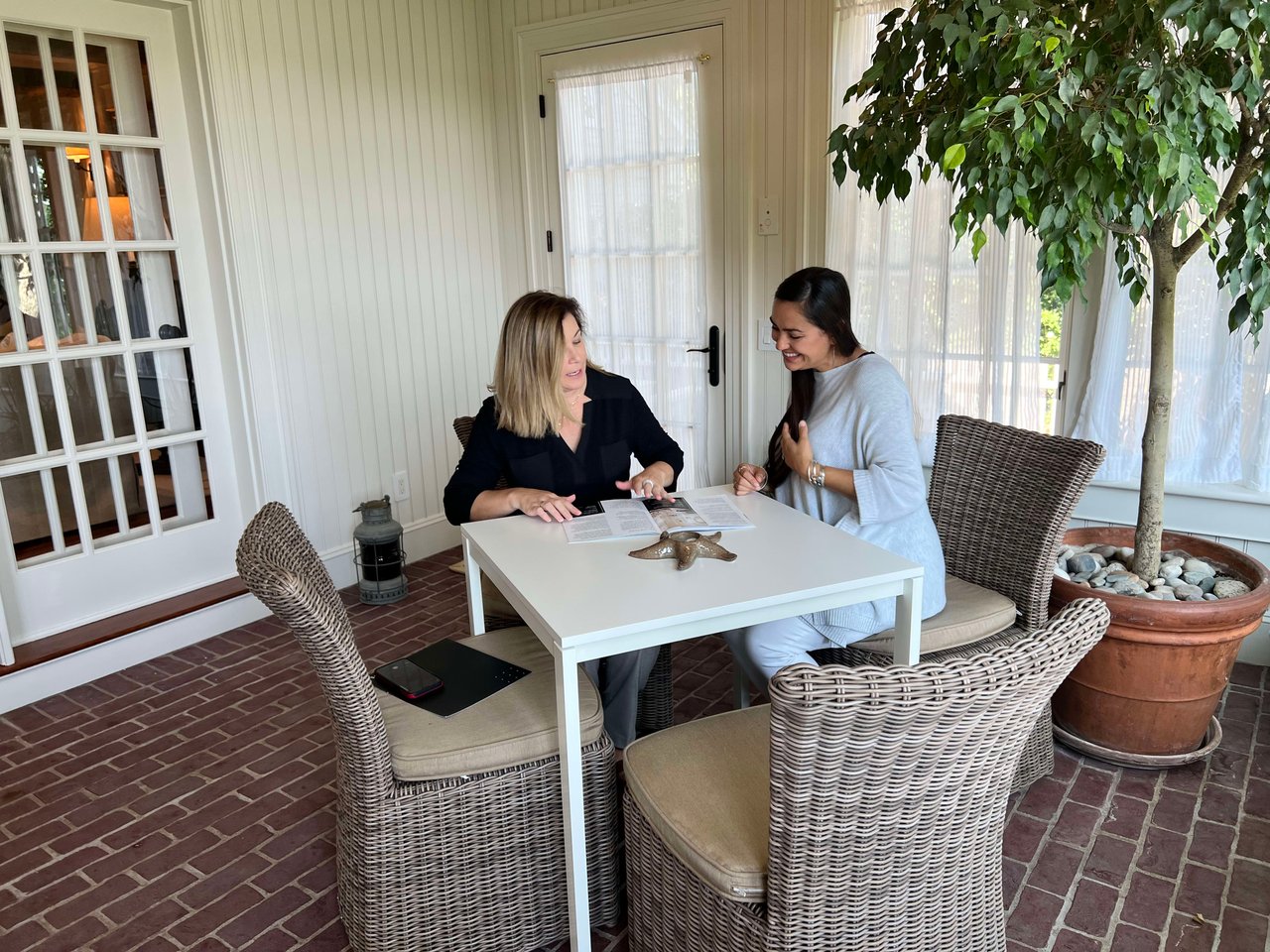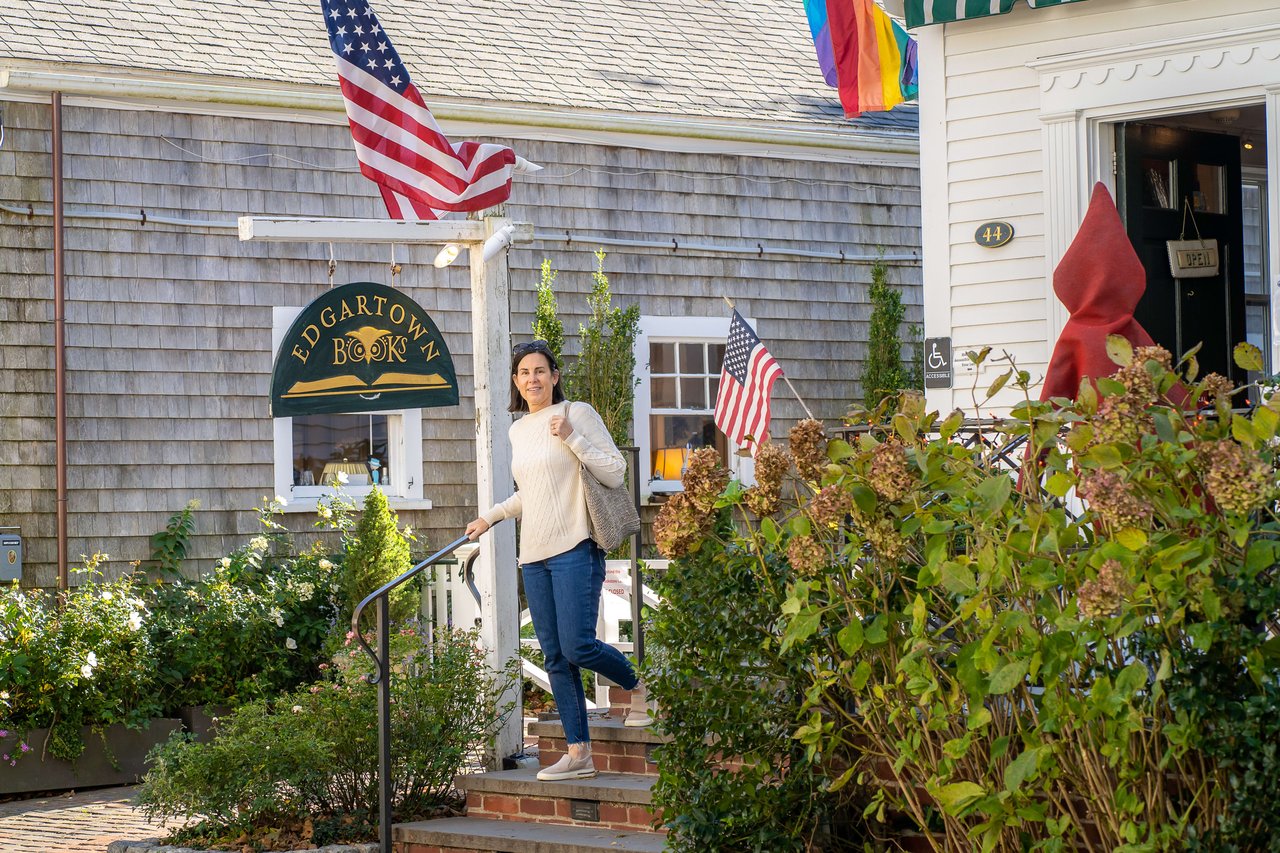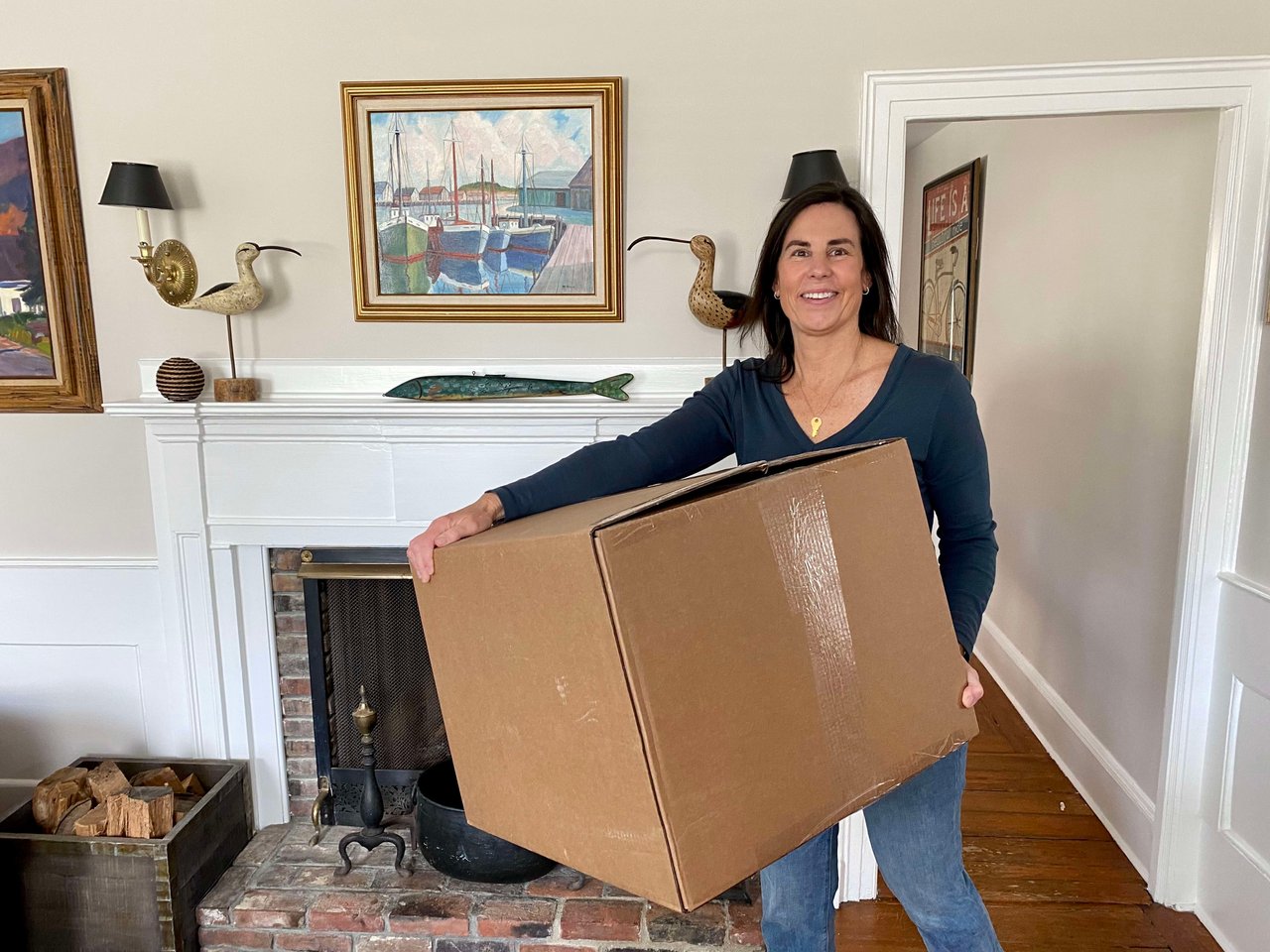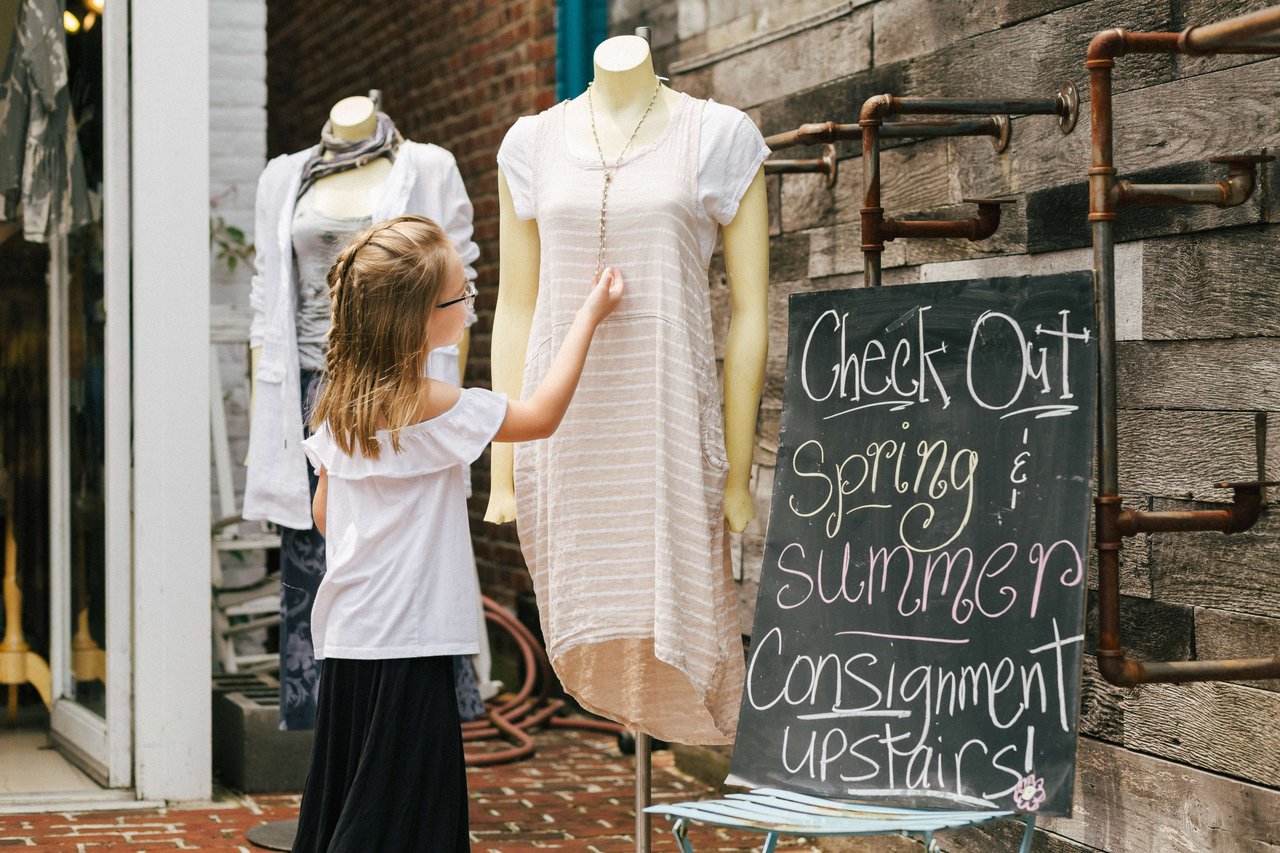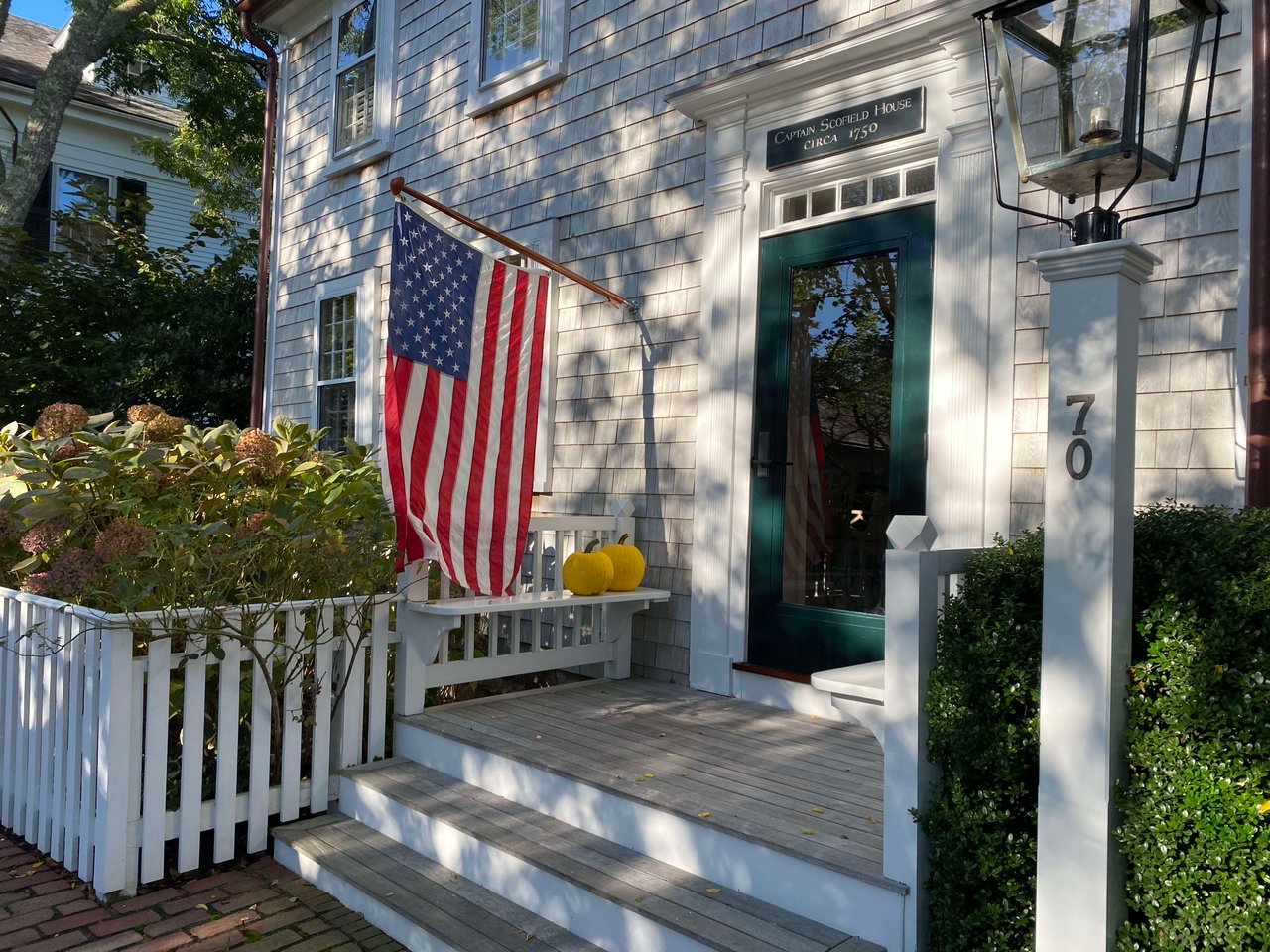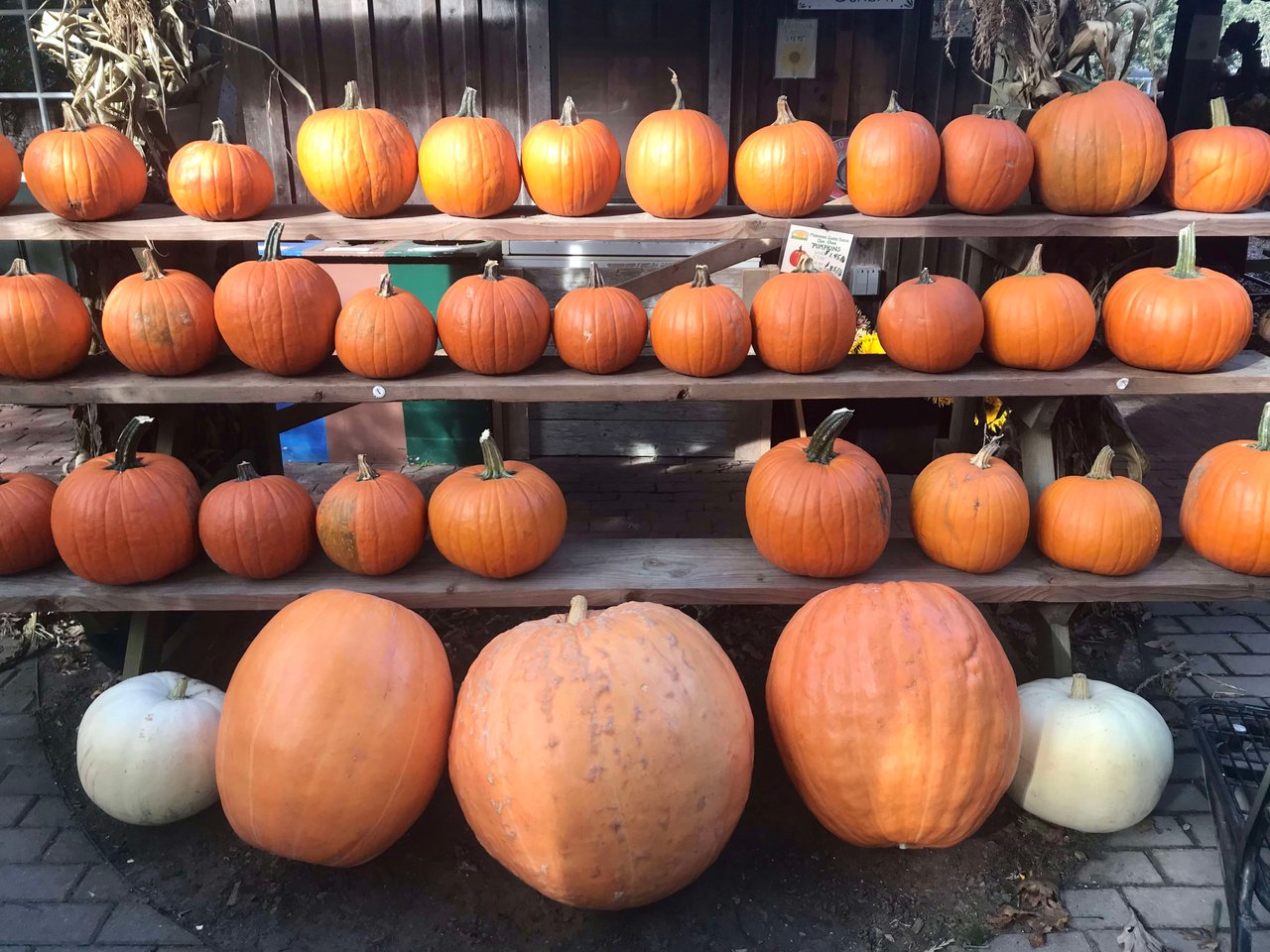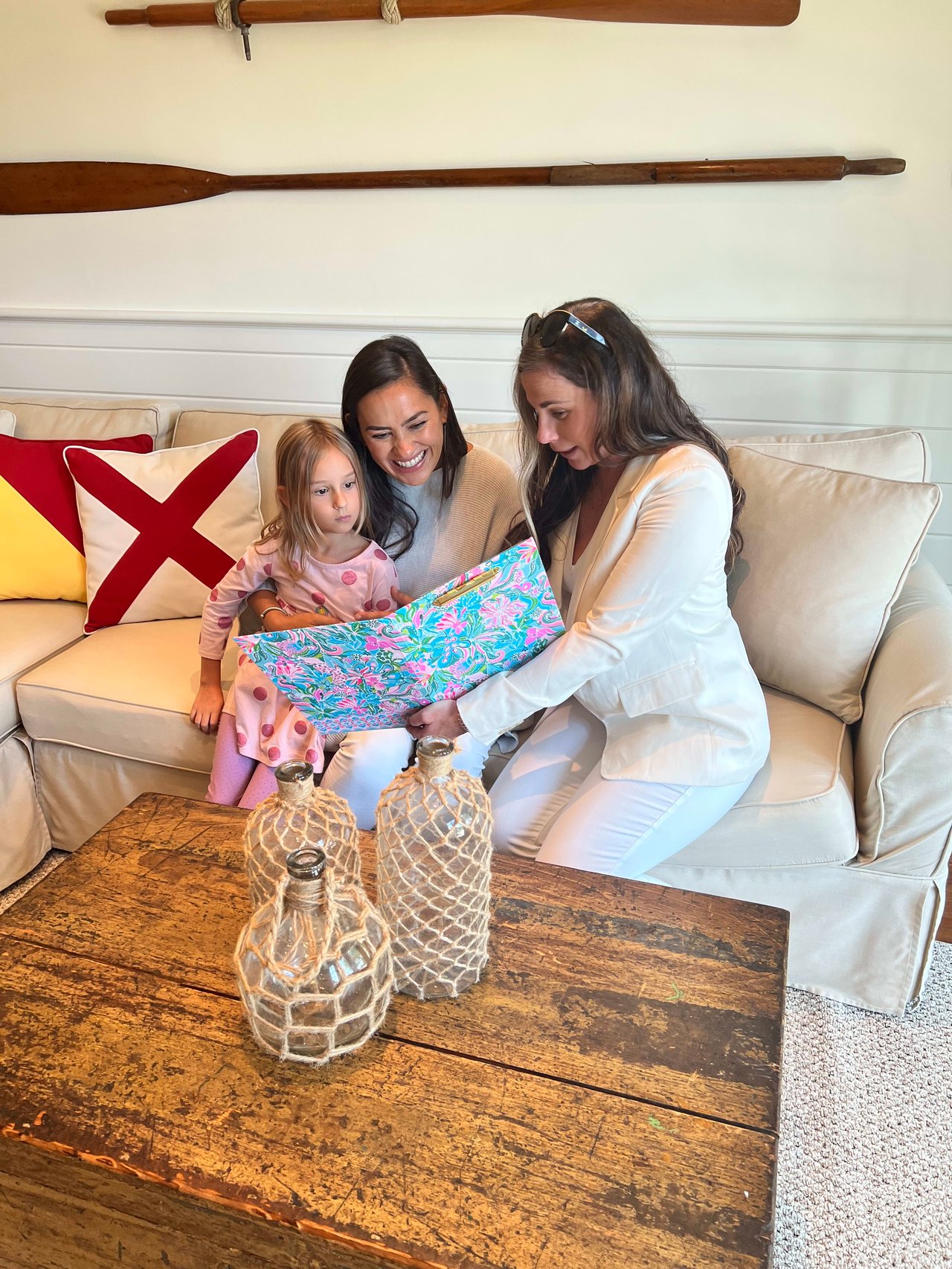The Martha’s Vineyard Food Pantry has had to change MANY things with no notice, as Covid-19 shutdowns occurred and families needed immediate help and some volunteers were high risk, so were no longer able to assist. In April alone, the Food Pantry added 250 new families and served over 2,000 people.
- Jen O’Hanlon:
- Okay, so, hey everyone. I am Jen O’Hanlon, with Wallace & Co. Sotheby’s International Realty and I’m here with Kayte Morris of the Island Food Pantry and she is going to talk to us a little bit about, well I guess a lot about things that have changed at the Food Pantry since the COVID-19 outbreak. So, Kayte if you could just introduce yourself or just tell everybody a little bit about your background and maybe about the Food Pantry too.
- Kayte Morris:
- Sure, thanks so much for having me on Jen. This is a really important time to be talking about food insecurity just in general in our country but also on our Island. So I really appreciate you giving me the microphone for a little bit. I’ve been the executive director of the Island Food Pantry since June of last year and I’ve been working with the Food Pantry since the proceeding November. So I’ve been with the organization for about a year and a half. The Island Food Pantry has been on the Island, has existed on the Island in the basement of the Stone Church in Vineyard Haven. It’s that Methodist Church on the corner of Church and William Street since the early eighties. So for a really long time it was completely volunteer run. Every couple of weeks they would offer a pre-packaged bags of food to folks who qualify based on a whole bunch of different referrals and a lot of hoops to jump through. And then a couple of years ago we changed the model. We are now a choice pantry, which means that instead of those pre-packaged bags, and I’ll get to that in a minute, cause that’s changed because of COVID-19. But in the last few years we’ve changed our model to a choice pantry, which means it’s basically like a mini market in the basement of the Stone Church. So families are welcome to come every other week and take a certain amount of food based on their family size. We have the standard dry goods that you think of when you think of a food pantry. So peanut butter and jelly and like pork and beans and canned tuna and rice pasta, that sort of thing. But we also offer– We’ve really tilted our focus towards more nutritious foods. So we’re now offering, lots of really great frozen protein, frozen produce, a lot of fresh produce. We’re really pivoting towards encouraging our clients to make really healthy choices. So for the last couple of years, the food pantries numbers have progressed, for the last actually year or so the numbers of folks coming to the food pantry have grown beyond, like separate from COVID-19. Our numbers in February were up by about 50% over the same time last year. So food insecurity is a really big problem on Martha’s Vineyard. The Feeding America, who is the largest food equity organization on the Island estimates that Duke’s County has a 9% food insecurity rate. That’s about the same as the rest of Massachusetts. And we have a 13% food insecurity for kids, which is actually higher than the rest of Massachusetts, about 48%, sorry to give you so many numbers.
- JO:
- It’s okay. I think it’s really good to talk about it just because so many people are surprised. And a lot of people from not on the Island, you know, in my business when I talk to people, they are very surprised that “Oh, Martha’s Vineyard, “how could you have any, you know”
- KM:
- Absolutely. So about 48% of the kids that go to the public schools in on Martha’s Vineyard, qualify for free or subsidized lunches, which is a really clear indicator of food insecurity or not a clear indicator, but not an indicator for food security for those families.
- JO
- Okay, so how does… One quick thing, I know you said that the Stone Church is where it’s been and we can talk about this separately, but I was going to say, where do you get all your food? Where do you store it? Now that you’ve grown over the last month how that’s working?
- KM
- So, we are still operating out of the basement of the church. It is not an ideal location for the volume of food distribution that we’re trying to do. We used to do on an average month around 24,000, we distribute 24,000 pounds of food. So 24,000 pounds of food would have to be unloaded from trucks woven into the pantry, then distributed out and walk out of the door through, through that same path, that little stone pathway in the basement of the church. This month we distributed 70,000 pounds of food that is a lot more and it is really difficult to bring it in and bring it out. We’re storing, we have a whole bunch of frozen food in one of those like frozen, like a freezer trailer for events. We rented it from Cash and Carry. And so it’s an added level of complexity. We have to go down there with a pickup truck and get a whole bunch of frozen chicken and then bring it back down to the pantry a couple of times a week now. So the majority of our food we get from the greater Boston Food Bank, which is a partner of Feeding America. We are now doing two trips a week, where we’ve got a volunteer of family actually who does this twice a week now. They get on the boat at 7:00 AM they go to New Bedford, there’s a food distribution dock, for the Greater Boston Food Bank in New Bedford. So they pick up 10,000 pounds of food, turn around and get back on the noon ferry or the 10:45 if they’re able to, and then we unloaded into the pantry. So, it’s quite a logistical challenge.
- JO:
- Absolutely and I think you maybe touched on this, but how many people… Do you have any numbers of pre COVID-19 and I know you said pounds of food or–
- KM:
- Yeah, so before COVID-19, we were serving between 700 and 800 families on the Island that nets out to around 1200 people or a 1000 to 1200 people. We suspected about 1500 people on the Island are food insecure. So we’re still, you know, we’ve grown to meet the need, but we’re still not meeting it yet. In the last week we served 450 families. So in one week, this month or last month, it’s May 1st, one week last month we served over half of the number of families we did in all of February.
- JO:
- Oh my gosh, wow.
- KM:
- Yeah, it’s been really busy.
- JO:
- And, speaking of numbers going up and needing volunteers during a time where some people need to stay at home if they are high risk, how have you managed, I mean that seems like another sort of scheduling logistics. How has that worked?
- KM:
- It’s been another crazy thing that we’ve had to deal with.
- It’s cause I’m feeling a little, I’m feeling fine today. But yeah, that was a whole other kind of wild thing that’s happened because of COVID-19. So on a regular day we have between 70 and 80 volunteers, really wonderful, dedicated volunteers. When this whole crisis struck, I took a look at the list of those volunteers and realized that all but four of them, were older or high risk in terms of contracting the illness. So they’ve all had to step back. So within a week and a half, we had to rethink about how we could safely distribute food through the facilities that we have, think about sort of project a little bit, how much food we would need to get and recruit, train and deploy an entirely new army of volunteers. And the good news about that is that we have. We saw a huge outpouring of support from the community. So far we’ve had so many people step up and want to volunteer at the pantry that we had to put people on waiting lists which I feel terrible about. But as things change, like week by week, we’re finding that having this pool of ready volunteers has been really really wonderful and there’s been so much enthusiasm for the cause that we’re working on. And for our organization it’s been really humbling and wonderful.
- JO:
- That’s one great thing about, you know, not one great thing, but I mean, just the Vineyard community.
- KM:
- Absolutely.
- JO:
- Everybody has that mindset where they think, okay, well I have to keep my family safe and my loved ones or whatever. And then, but they’re also at the same time going, well, how do I help everybody else in this town?
- KM:
- And it’s been, you know, we’ve worked really hard to make sure that we’re following CDC guidelines and board of health guidelines around social distancing and the safest way for us to do our jobs. But, we’ve started being able to have to schedule groups of friends together. While we’re like during the times that the pantry needs help. So it’s been a good excuse for people to meet each other or like see —
- JO:
- While being away but at least see somebody else which is great for a lot of people. Okay, so the serving the food, how have you changed where people can come to the pantry now and how does that work?
- KM:
- Yeah, we’ve had to completely change this, where we had been pushing really hard before and we will get back to this someday, hopefully sooner rather than later. But for this choice pantry model where people get to choose what they take from the pantry and leave what they don’t want. So if you really like tuna and you only want canned tuna and canned corn and pasta, totally fine, you’re welcome to take that, take as much as you need based on your family size. Or you can leave that and you can take, you know, we have a lot of people that just take produce. So that’s a really wonderful model in a couple of ways. The first way is it’s really much more nutritious. People tend to make healthier choices based on their nutritional needs when they have a whole variety of options available. The second piece, and I think it’s equally as important, is that there’s a level of dignity in choice that having prepacked bags just doesn’t necessarily allow. And I think that, dignity and respect are just as important as the, you know, the food that we’re giving out, especially if people are having a hard time, which the majority of the people that are coming to the pantry. So, there’s that thing, there’s that element. The third and unexpected piece of that is that, we end up having to order a lot more food if we’re prepackaging bags because–
- JO:
- would be less that way because you’re not gonna eat something that you don’t like.
- KM:
- Exactly, the take what you need and then the flip side of that is leave what you don’t. And so now we’re doing pre-packed bags of dry goods, like a big bag of dry goods and then a big bag of produce and then a big bag of frozen proteins and frozen produce and some cheese and yogurt. If we have it, and all of it is dependent on what the supply chain allows right now.
- JO:
- And that is all, how’s that… So people still are picking up or you’re delivering.
- KM:
- A little bit of both. The majority of folks are picking up. We are open three days a week. We’re open on Mondays and Wednesdays from 2 to 4 and then on Saturdays from 10 to noon. So people come to the pantry, they have a volunteer that meets them, checks them in, and then we have little carts. There’s a great photo on the vineyard gazettes website of like what that whole kit kind of looks like. It’s in a shopping cart, three bags on a shopping cart. So we’ve got runners that are dropping, you know, handing over those carts, grabbing them, you know, emptying them, wiping them down, and then refilling them
- JO:
- Staying away from each other.
- KM:
- Yeah, right, while maintaining social distance. So we have that whole process going. So we’ve got people coming to pick up at the pantry. We’ve also started delivering to seniors and home bound families. So if anyone is listening to this and knows of someone who is home bound that they’re concerned that they’re not getting enough food, give us a call or have them call us and we’re happy to put them on a delivery list. We’re making deliveries once a week. We’re doing it to between 70 and 90 families every week right now. So, and we’re doing that through– Volunteers are delivering in their cars, we’re working with the school buses. So some of the families that are in the school system are getting food on a regular basis, getting groceries on a regular basis. We’re using all the resources we can here.
- JO:
- I don’t have a banner on the video but it has the website. What’s the phone number?
- KM:
- You know, the website is your best option.
- JO:
- And then how do people qualify to receive food? What’s that process like?
- KM:
- So, right now actually now and always, if you come to the food pantry and you say that you need food because your income doesn’t cover your expenses, we believe you. The stigma around coming to a place like the Food Pantry is still really unfortunately a serious barrier to a lot of people getting help that they need and could really benefit from. So, from my perspective, you know, that hurdle is a big enough one and we don’t wanna create any more hurdles for folks. So the other piece of it, for me personally, if someone’s coming to the food pantry and they don’t need food ever– There’s bad actors everywhere, right? It’s not just a Food Pantry thing, right? We’re only gonna see maybe 1, 2% bad actors.
- JO:
- It’s so small compared to–
- Why would it even matter?
- KM:
- First of all, if someone’s coming to the food pantry that doesn’t necessarily need it, their problems are so far outside of the scope of what I can manage and what our mission is trying to address, we can’t put our resources towards that. And if keeping those folks out keeps even one family from being able to get food that they need, then I don’t think it’s worth it.
- JO:
- Right, so the process– Do they just go stop by during the time that you’re open? Do they just need to fill out a form and sign up?
- KM:
- Yeah, we have a really easy registration form right now because we’re seeing so many new families sign up. We have 250 new families sign up in the last two weeks. So it’s, you know, the paperwork would be too big if we had forms and I’m concerned about social distancing. So right now we’re just getting people’s names, their phone numbers, the towns that they live in and the number of adults, seniors and kids in their households. And the reason that we need that information is so that we’re able to plan and count for the coming weeks. And just first of all, just be able to make sure we order enough food.
- JO:
- Maybe the silver lining in this is that there were some people who were probably really needing it and just sort of was dragging their feet or didn’t, you know, feel comfortable and now they’ve made that jump. They can see how easy it is, how there’s nothing wrong with it. And just know that they’re being helped and that’s really great.
- KM:
- I hope people feel really welcome and respected and that’s sort of the biggest, we want this to feel like we want people to be fed, but we also want them to feel like they’re being fed by their community and that we’re all helping each other because the folks that are coming to the pantry are truly our friends and neighbors.
- JO:
- Cool, and then if people wanna help, I know you take food donations and monetary. So, I think there might be a benefit to the monetary because you can buy more, right?
- KM:
- Please monetary right now. Around the holidays and any other time I encourage a food drive, I would, you know, we’ll accept food right now. But your money goes a lot further, any day of the week, your money goes a lot further with the greater Boston Food Bank than it ever possibly could at of the grocery stores, not just on the Island but even on the mainland. For every dollar that’s spent with the greater Boston Food Bank or with us, we’re able to buy $7 worth of food. So the order of magnitude that we’re able to support our community is so much greater with the cash donations. The other piece of it right now is I don’t wanna encourage anyone to be grocery shopping if they don’t need to be. And we need to be able to– We can’t handle a giant food drive right now, all that we can handle is being able to bring these, you know, these totally expected pre-packed painted bags of food, anything more than that–
- JO:
- Sort through and —
- KM:
- Exactly, we just don’t have the resources to do that right now.
- JO:
- Okay, great, and I know that, I had put a social media post out just saying like, even $10, it’s easy to donate. You just go to the website and that goes a long way.
- KM:
- It really really does.
- JO:
- Okay, is there anything else you wanna share with everybody?
- KM:
- I don’t think so. I just really appreciate you taking the time to ask these questions and the community for paying attention to this really really serious problem. I think this is gonna be really hard for a lot of people for a long time. And the more that we can keep our community in mind in this way, I think the better, the better off we all are.
- JO:
- Yeah actually, that was one thing that I did wanna mention is that it’s not just this month, it’s not just April. It’s not just this coming month in May. It’s a lot of people who’ve signed up now, I’m sure, you know, like I just said, we’re potentially on the brink of really needing it and in order to get back, you know, if they’ve been out of work, it’s gonna take several months on the other end to be able to get back to normal. So this is an ongoing thing that you guys are gonna need extra help.
- KM:
- Absolutely.
- JO:
- So thanks everybody for watching. One thing I wanted to ask, I’m asking this question to all of my guests. What is a message of hope that you might have for people at this time?
- KM:
- Oh guys, this is a really great place. Martha’s Vineyard is magical and this community, the ability for this community to step up for each other has inspired me every day not just during the COVID-19 crisis but in general. I hope that everyone feels the same way because the things that I’ve seen happen in the last month and a half have been really extraordinary. We should feel good.
- JO:
- That’s a great way to end. Thank you so much, Kaytee, for being on with me and thanks everybody for watching. Bye.
- KM:
- Bye.
